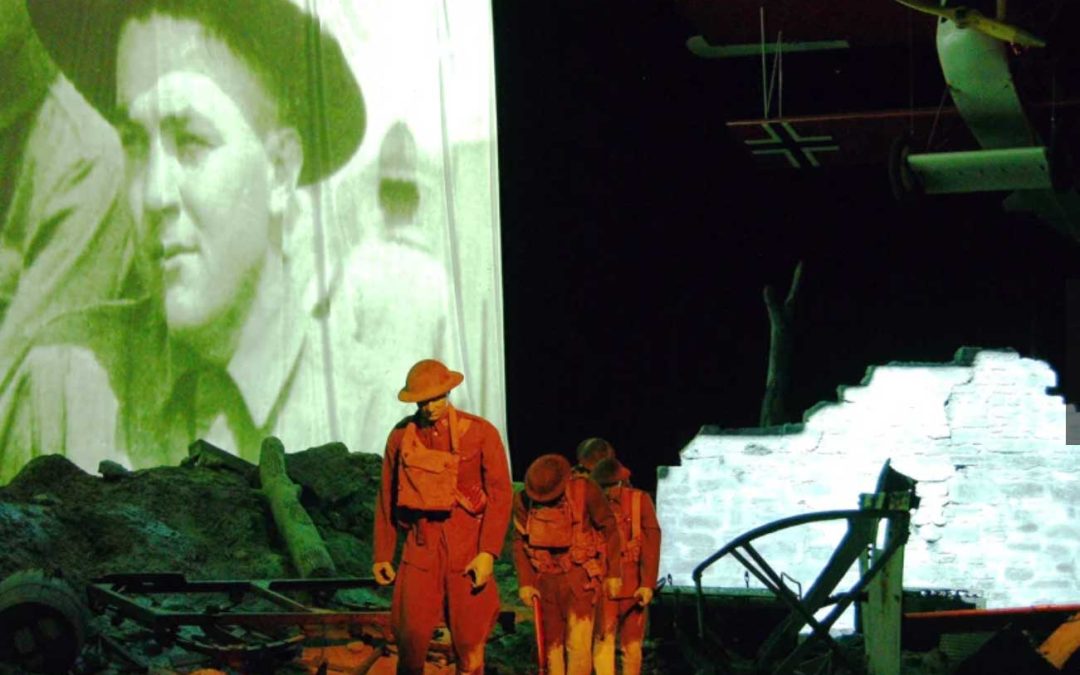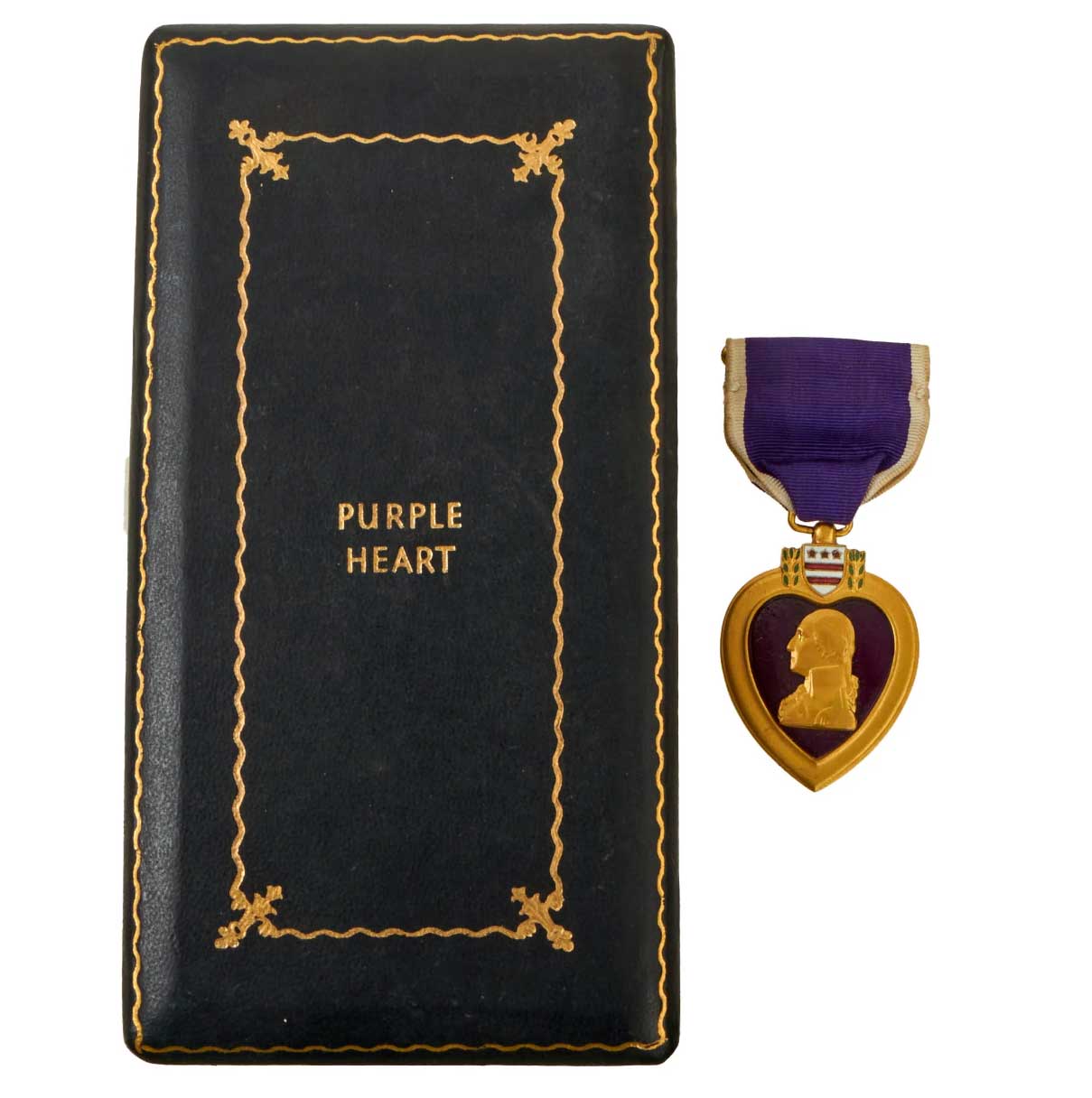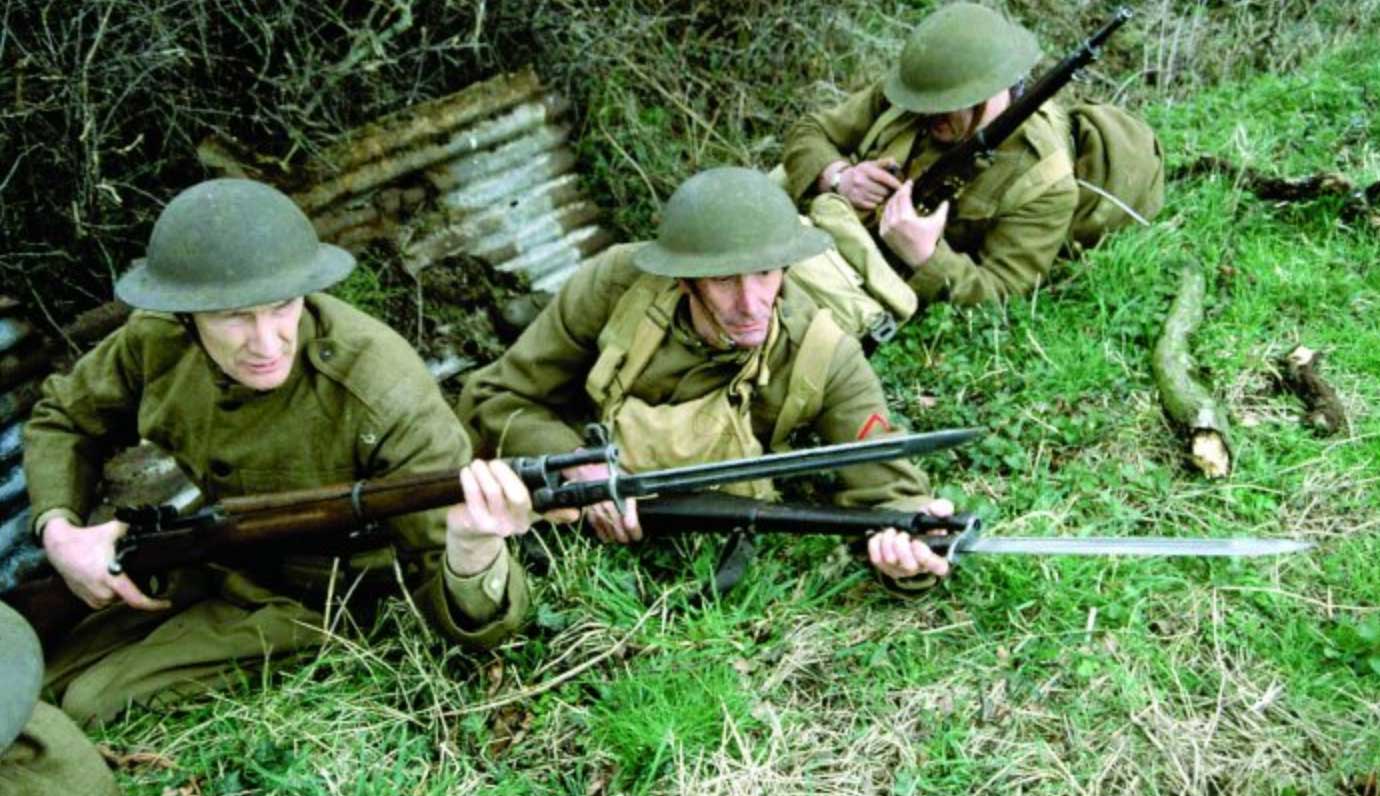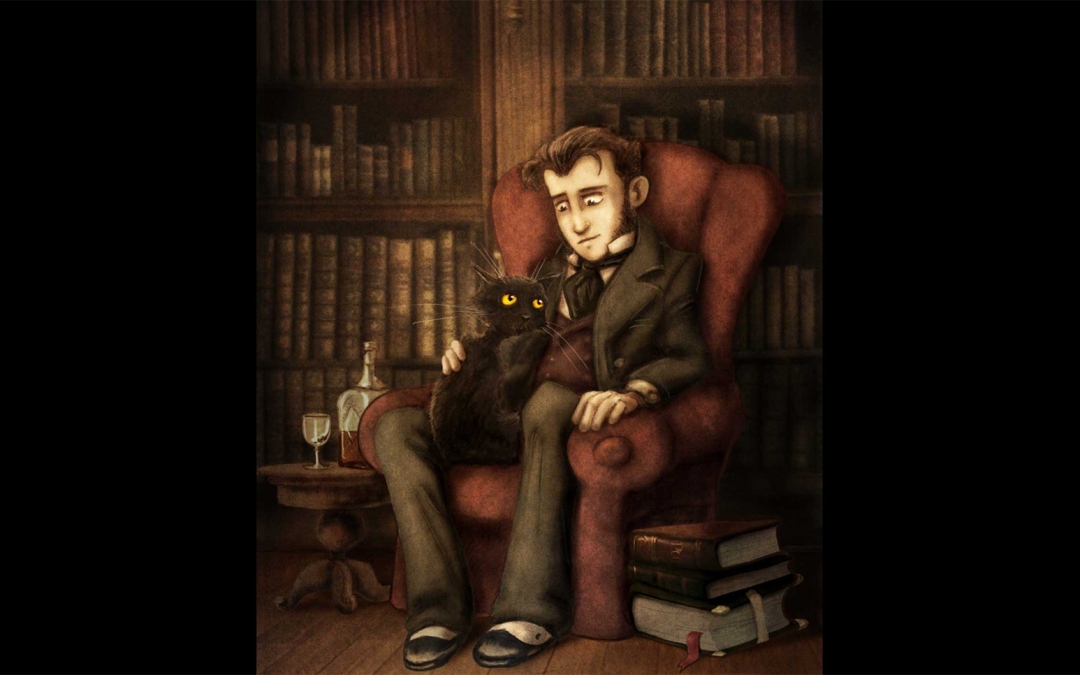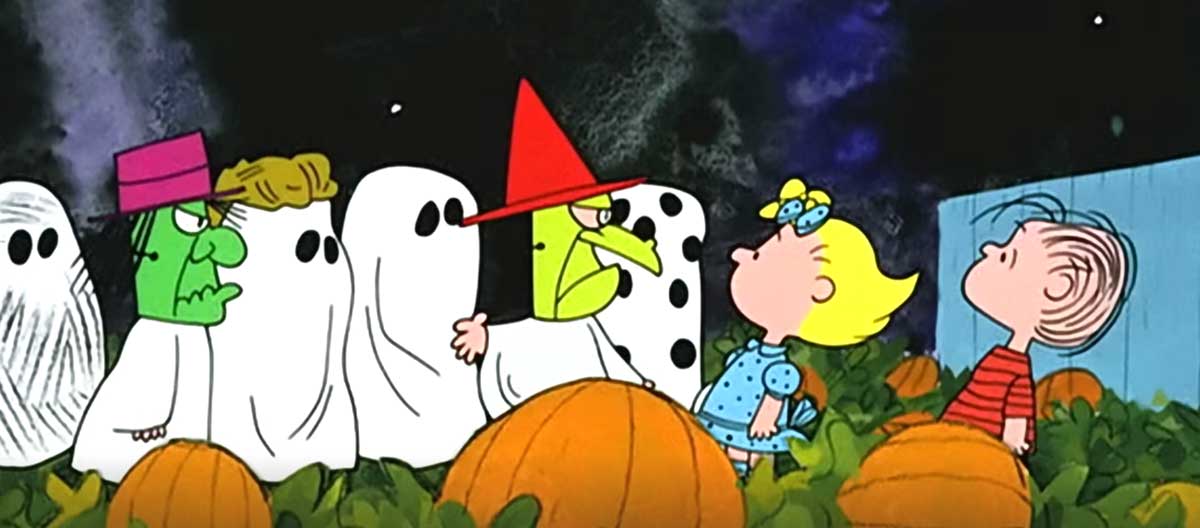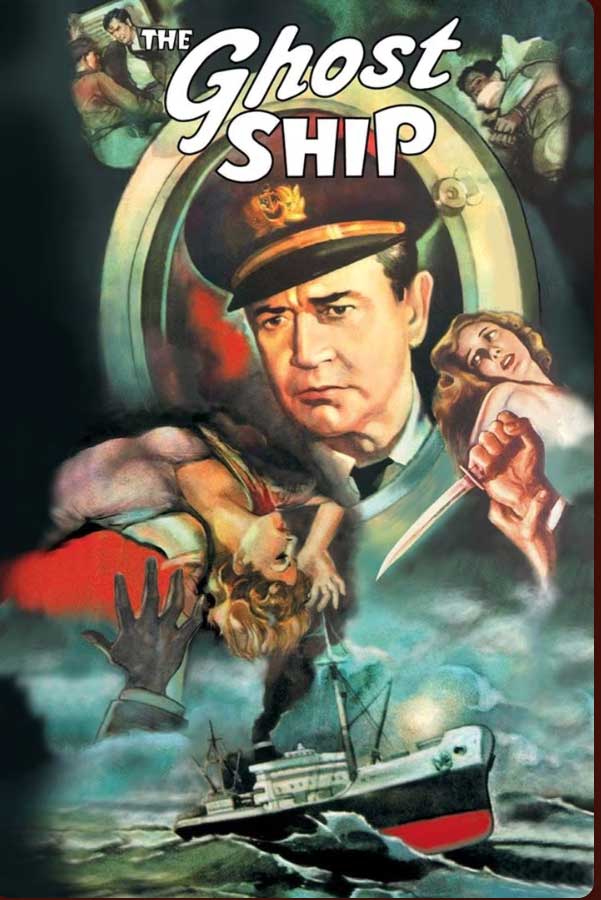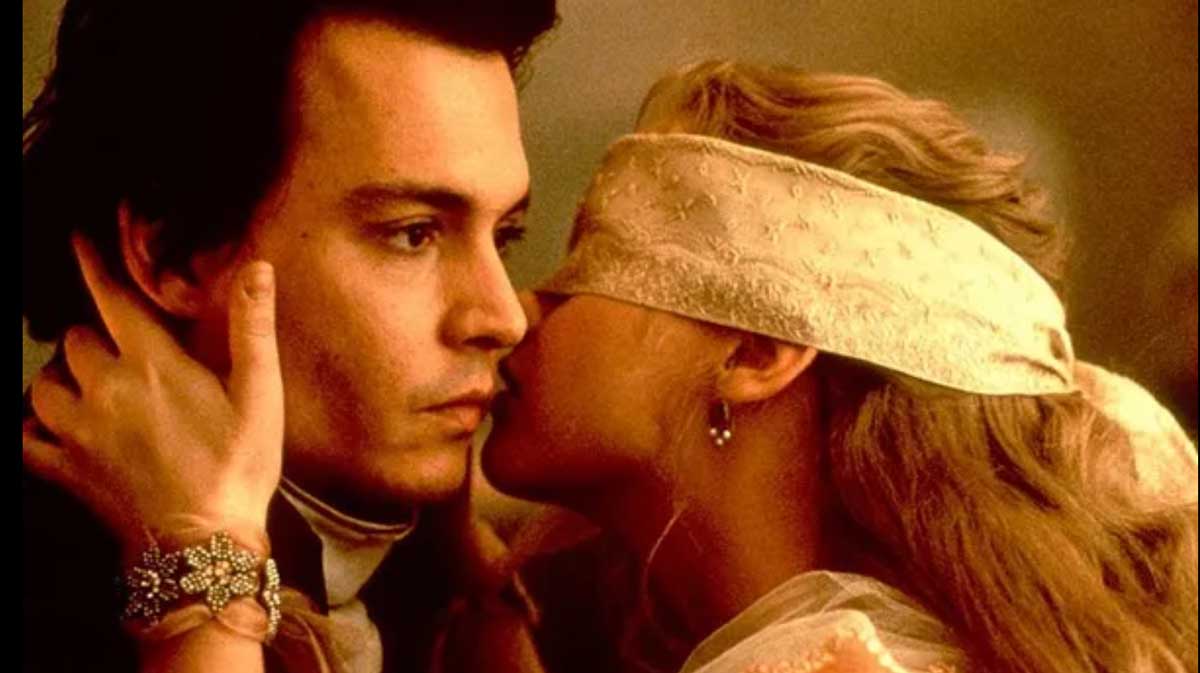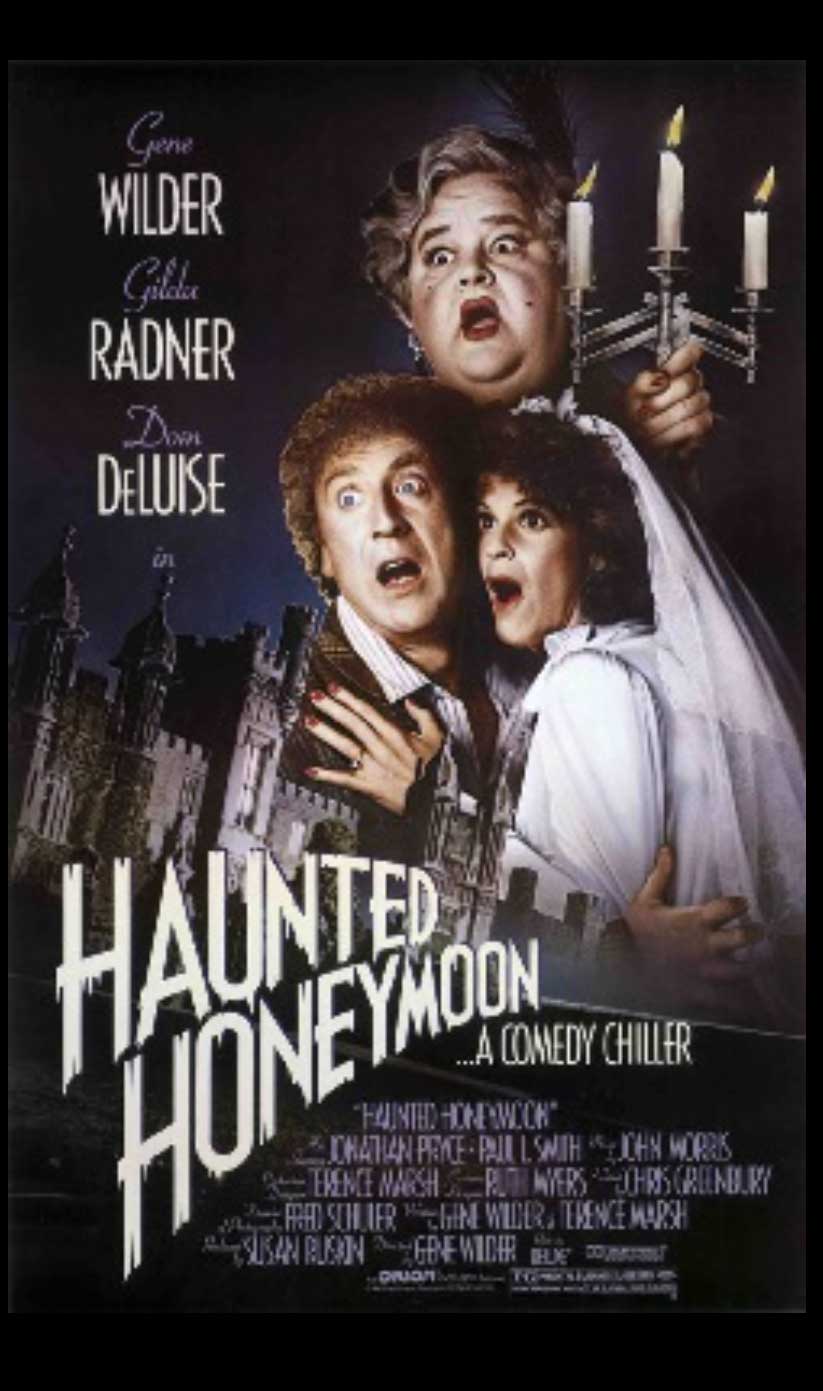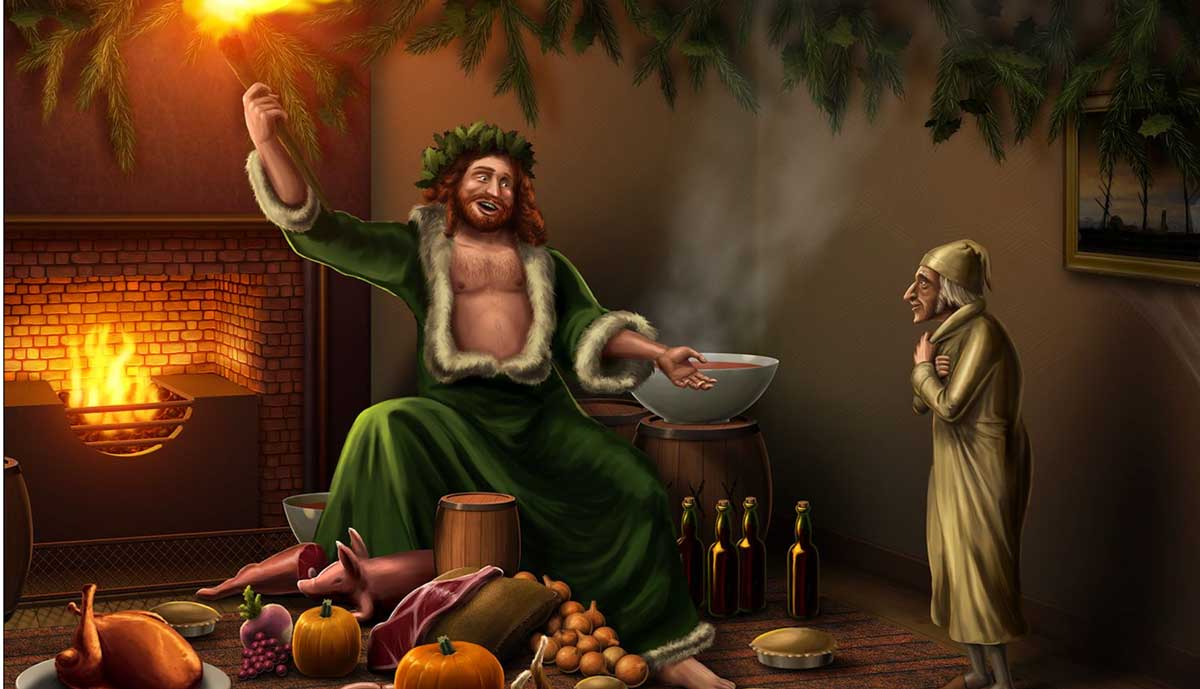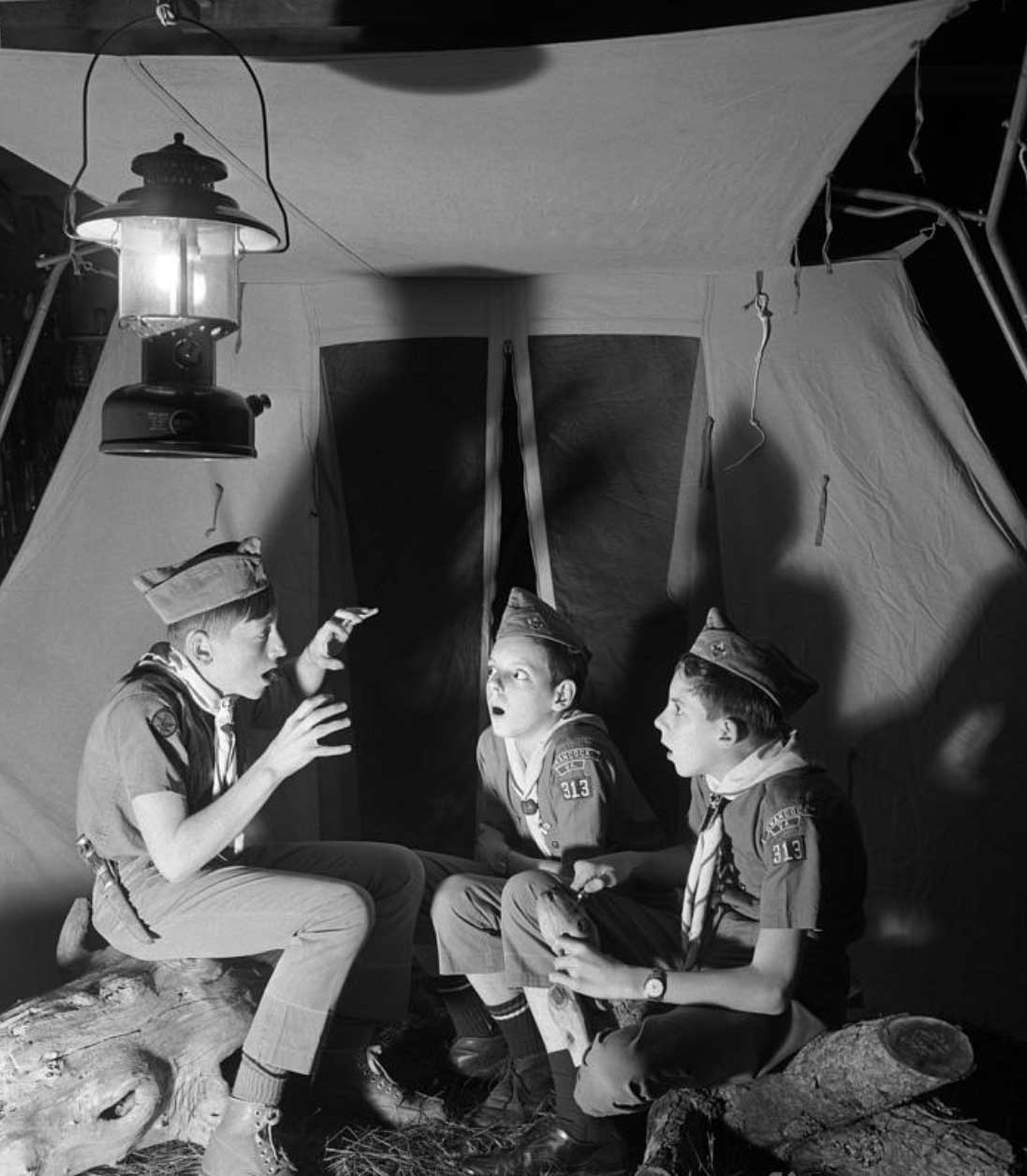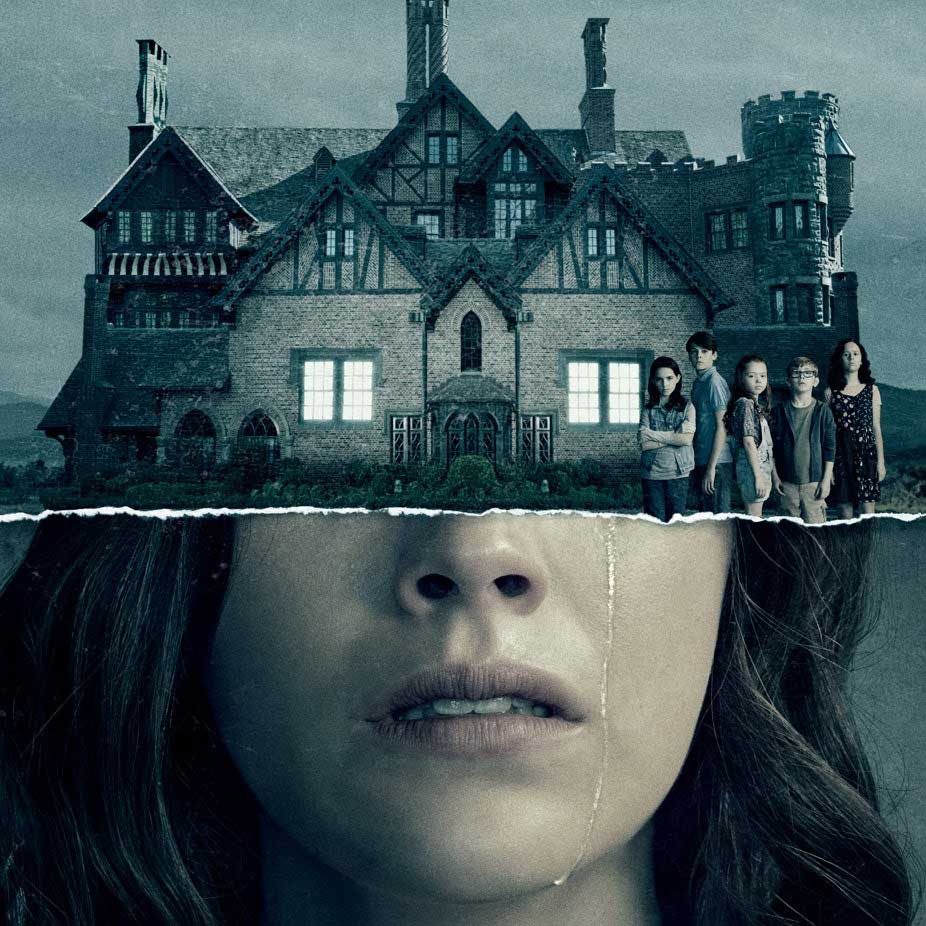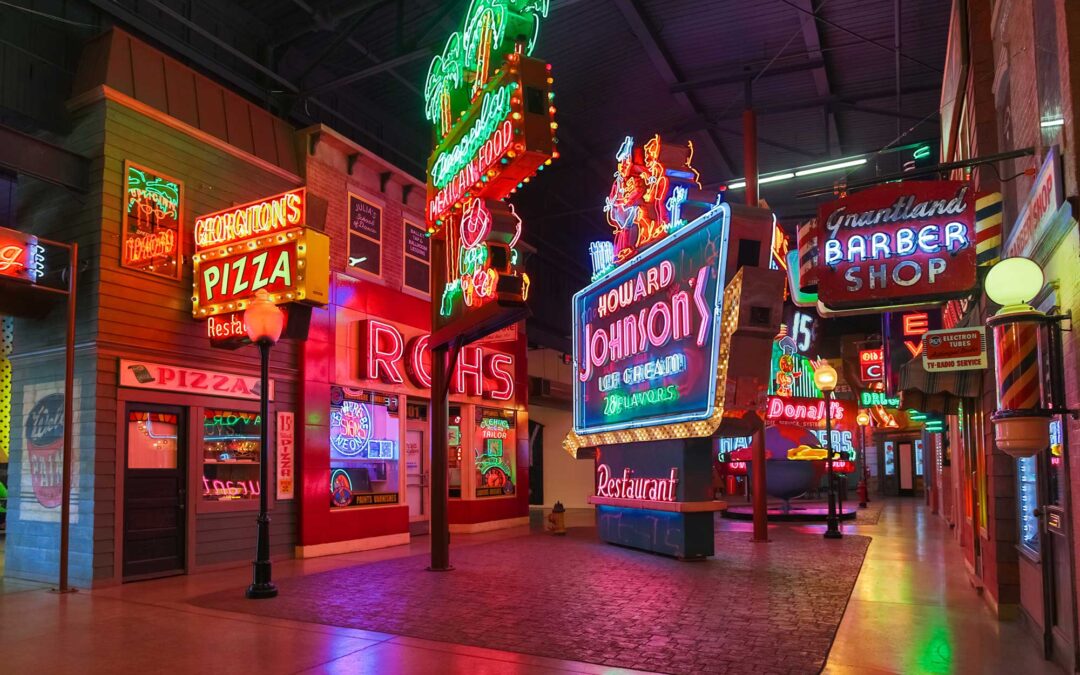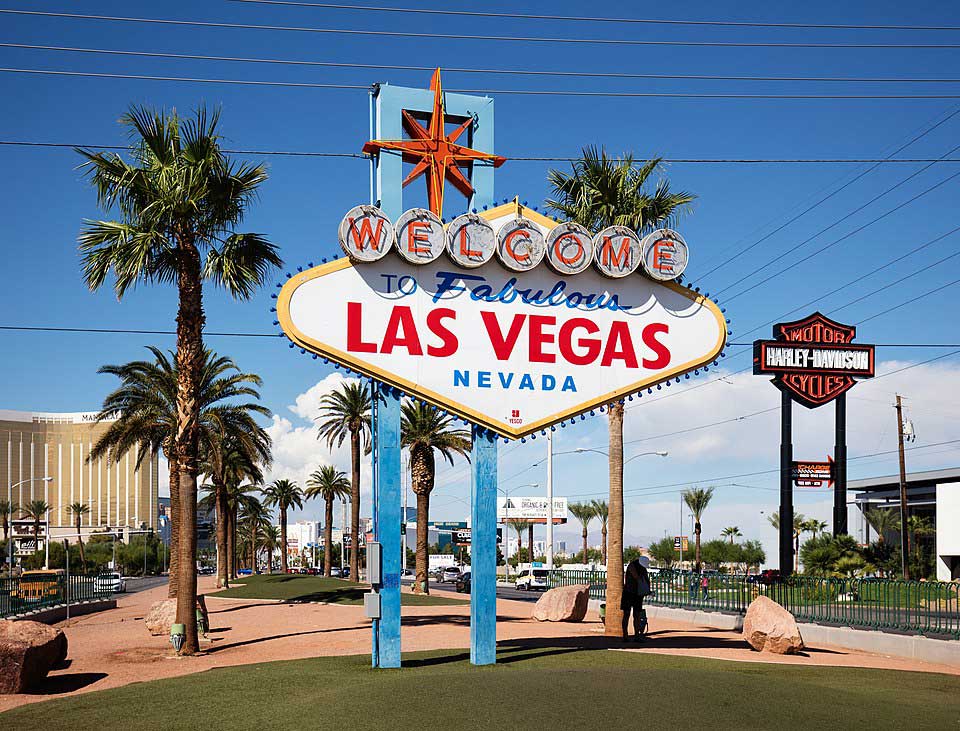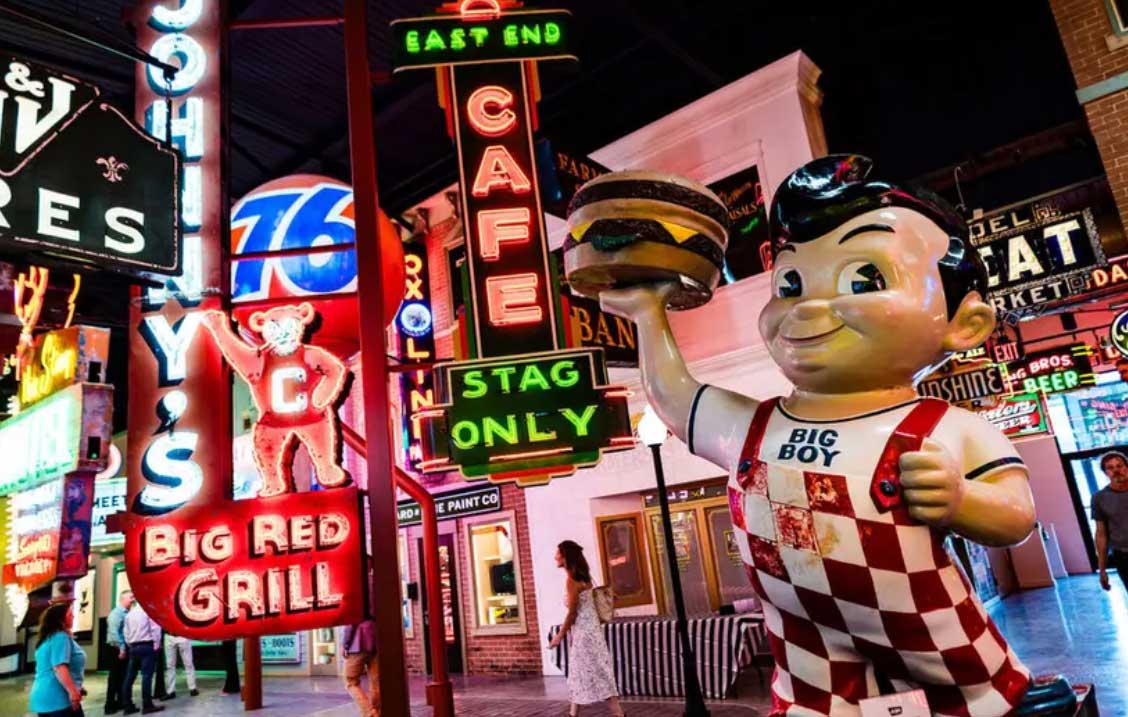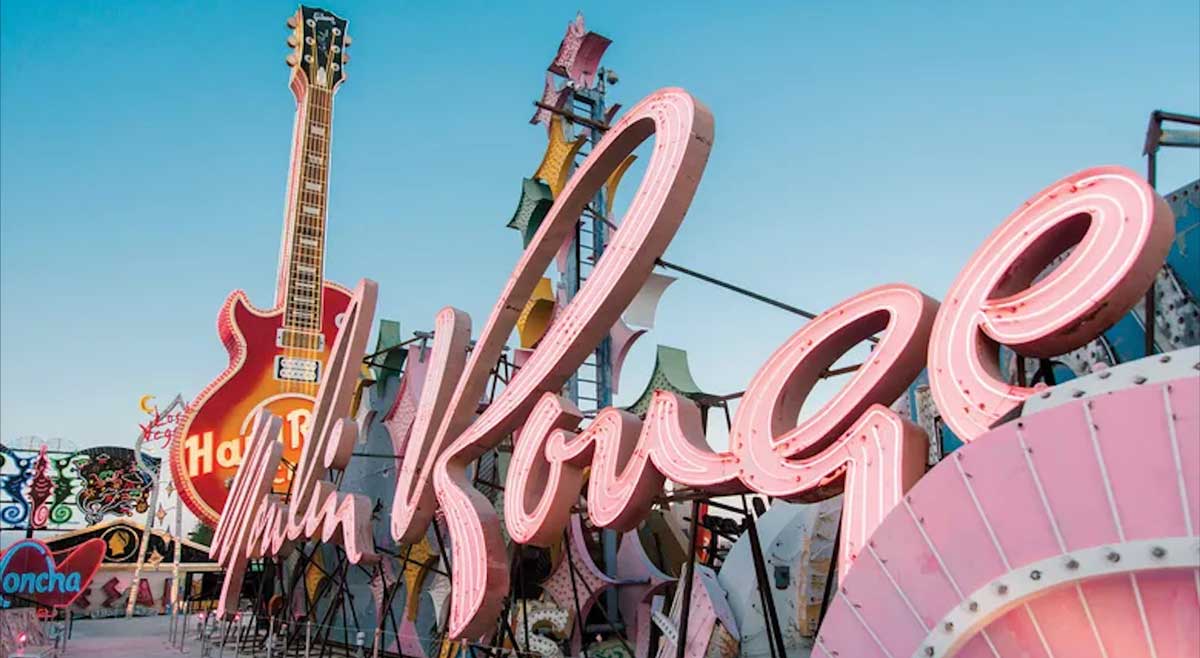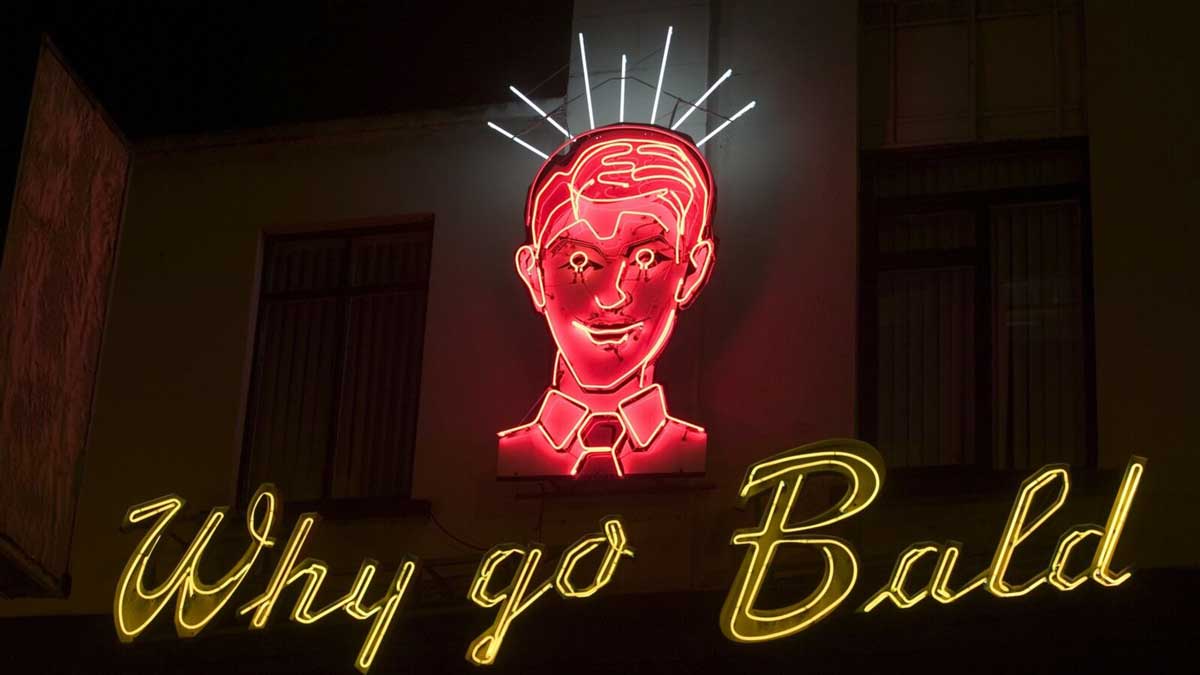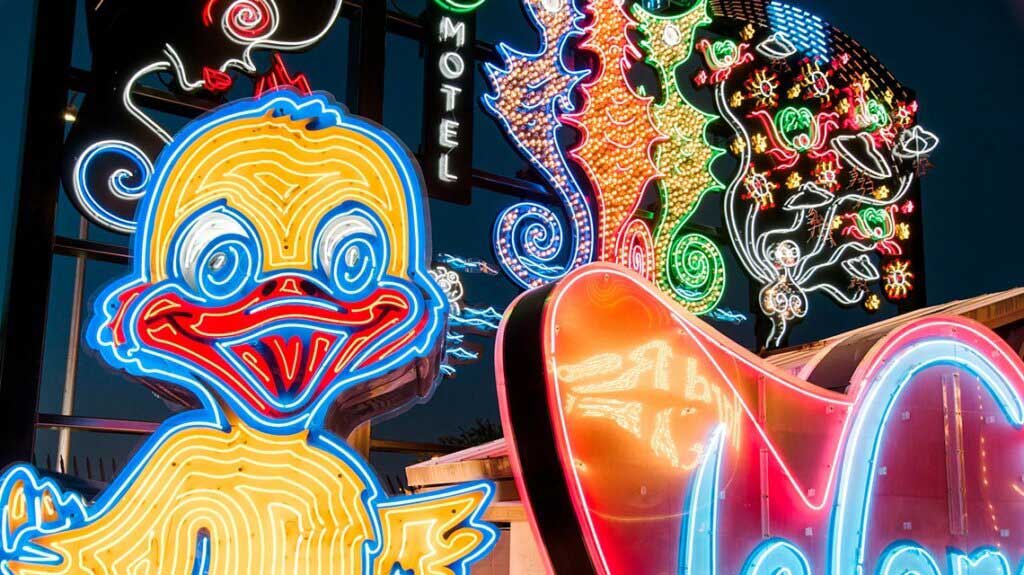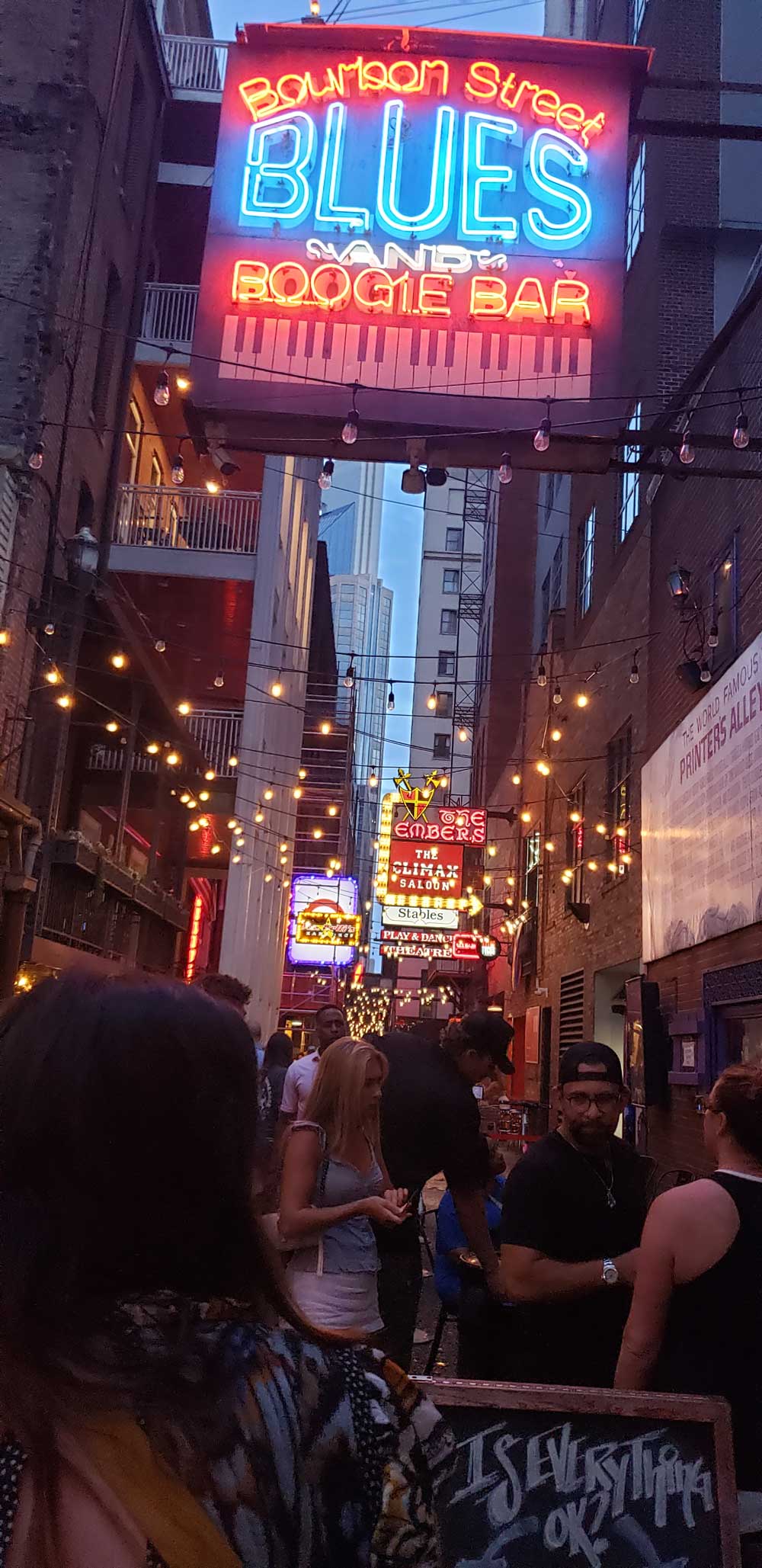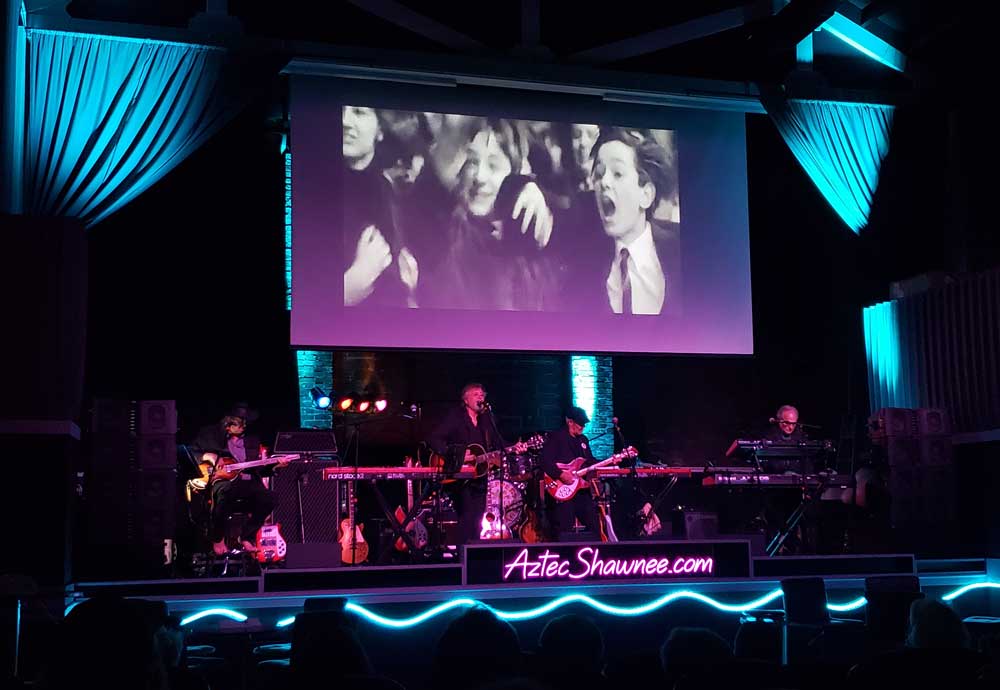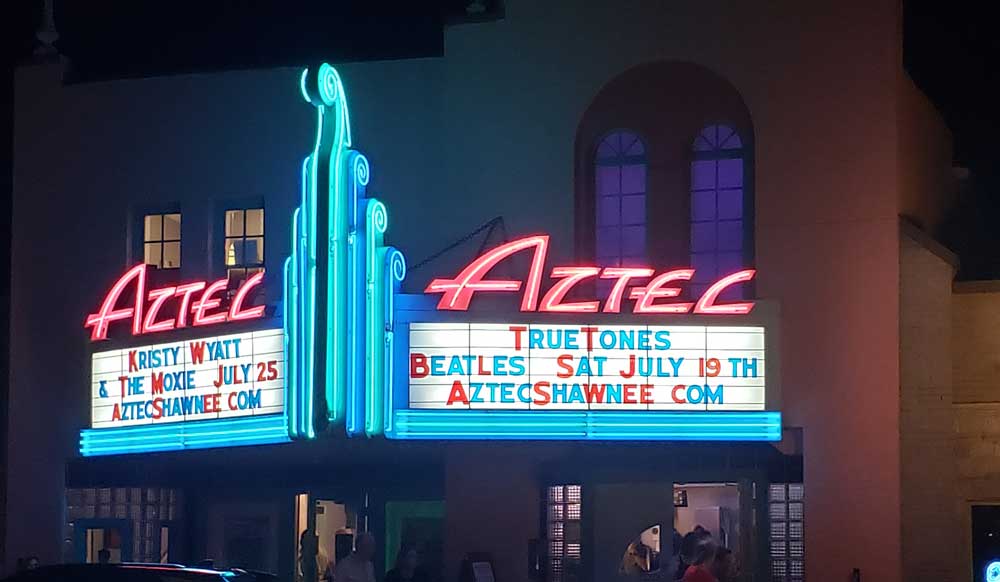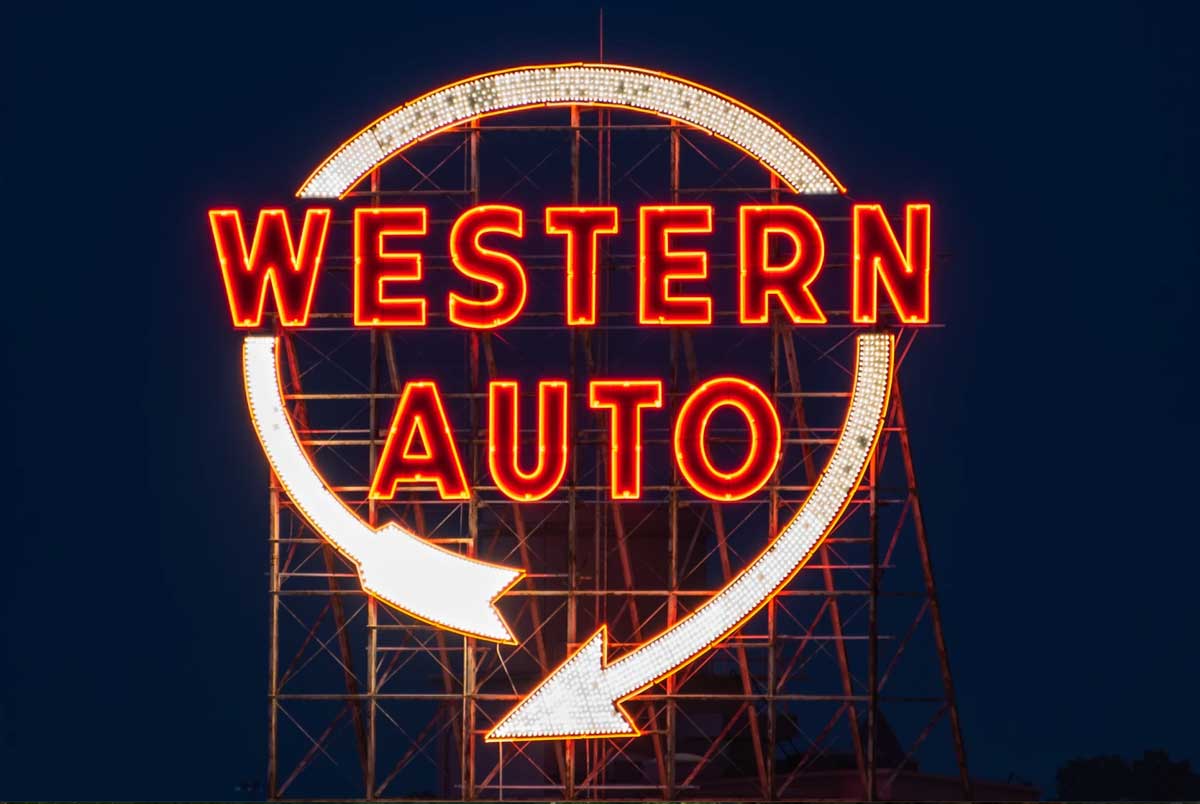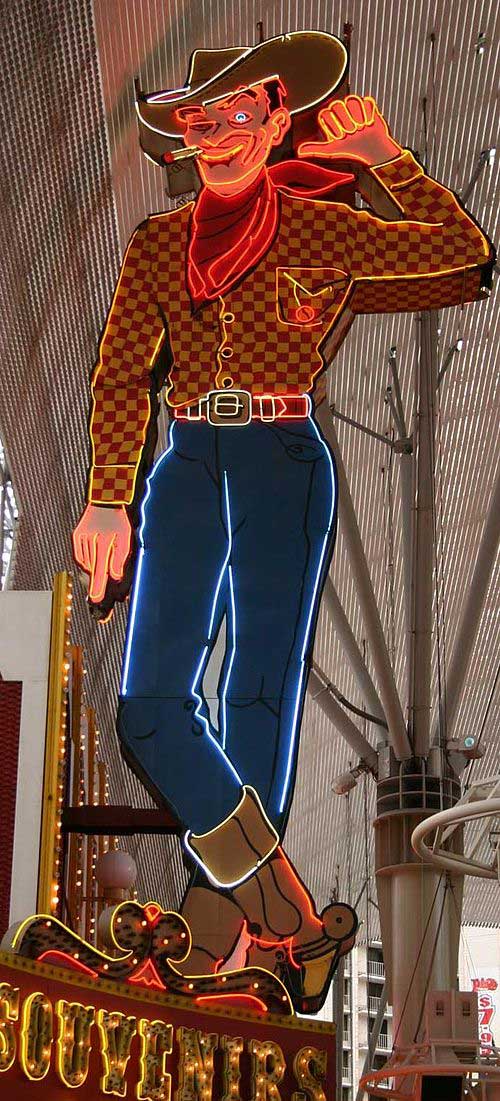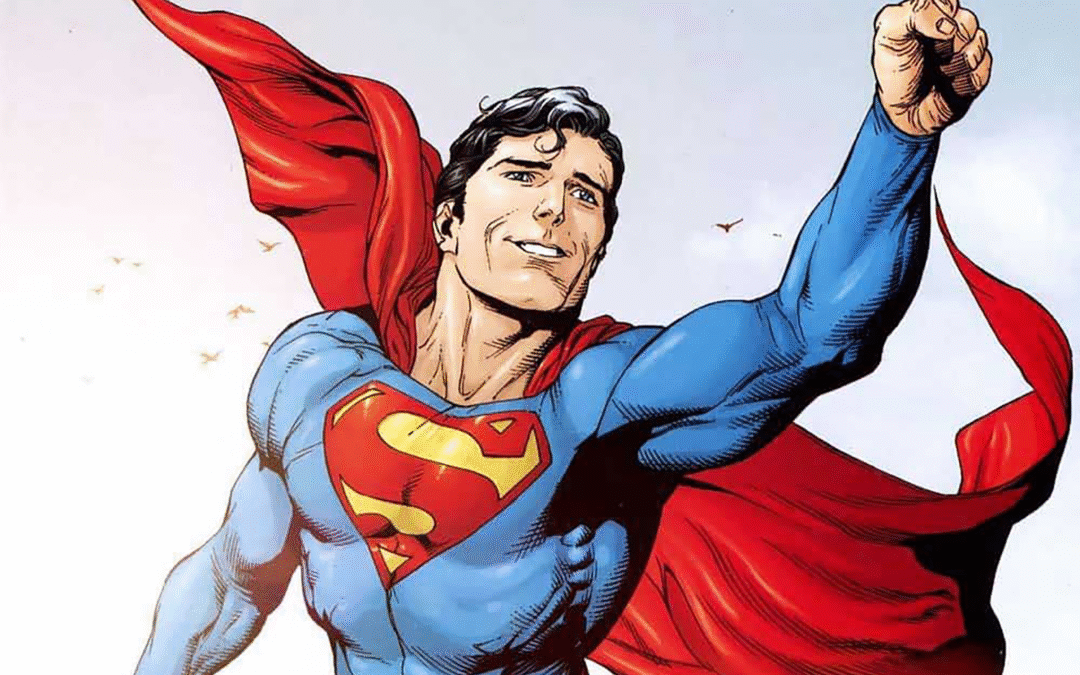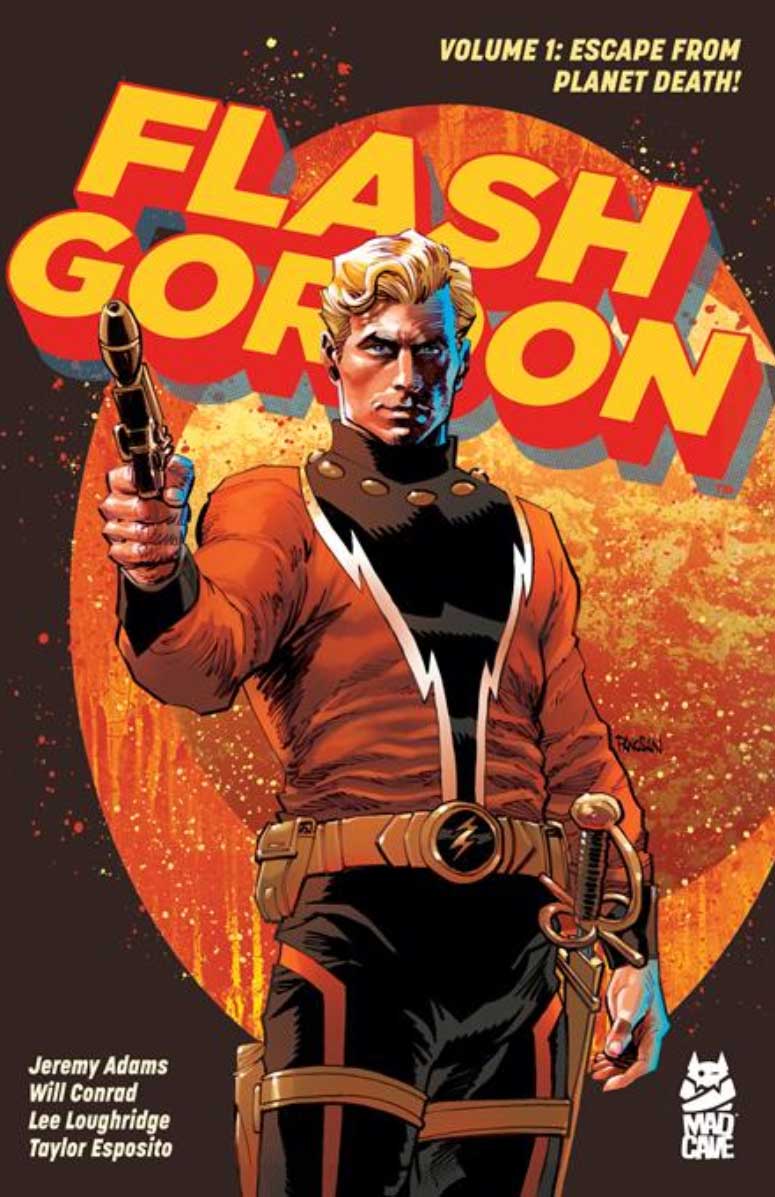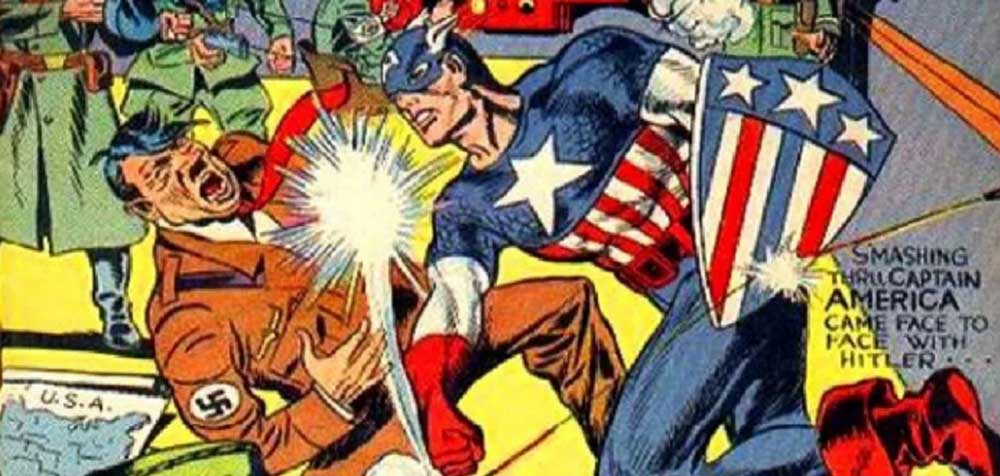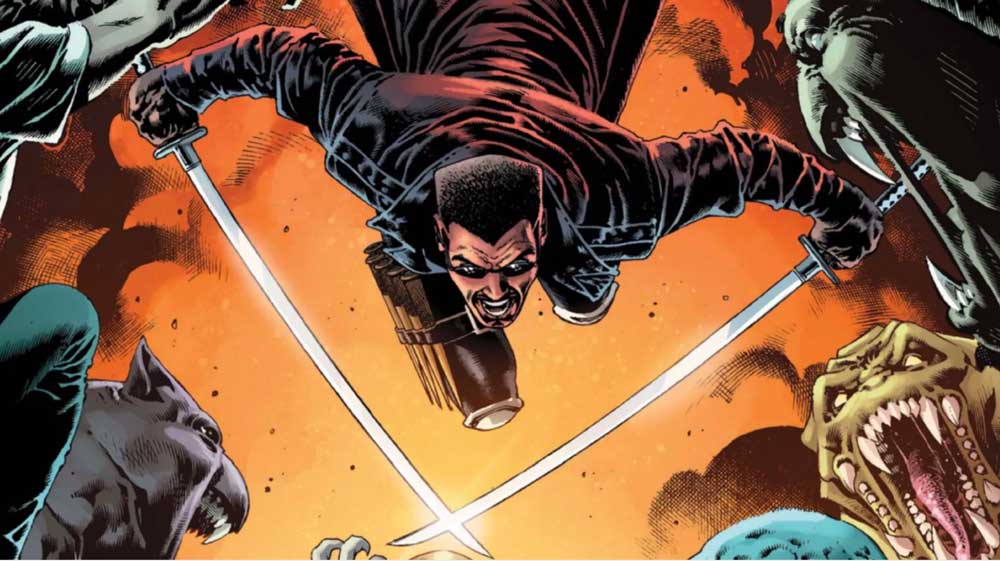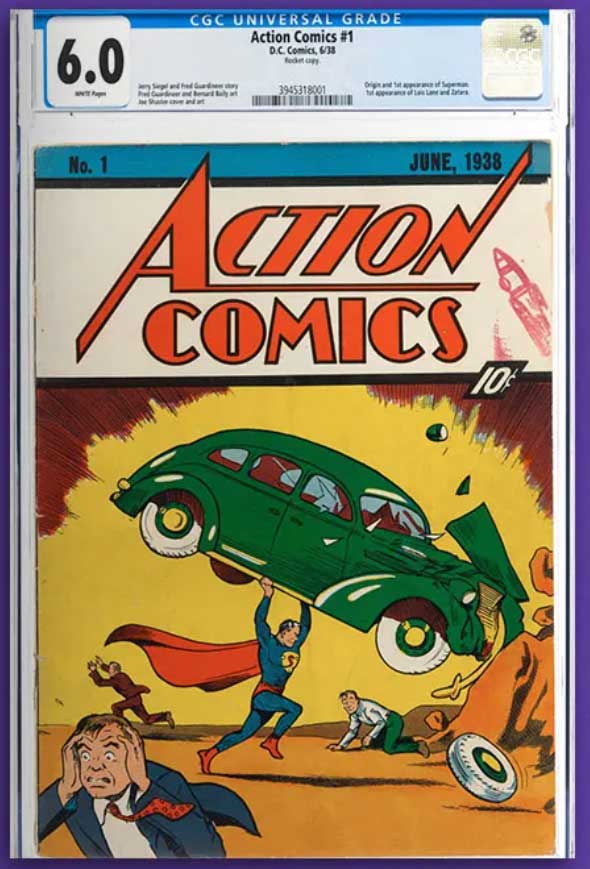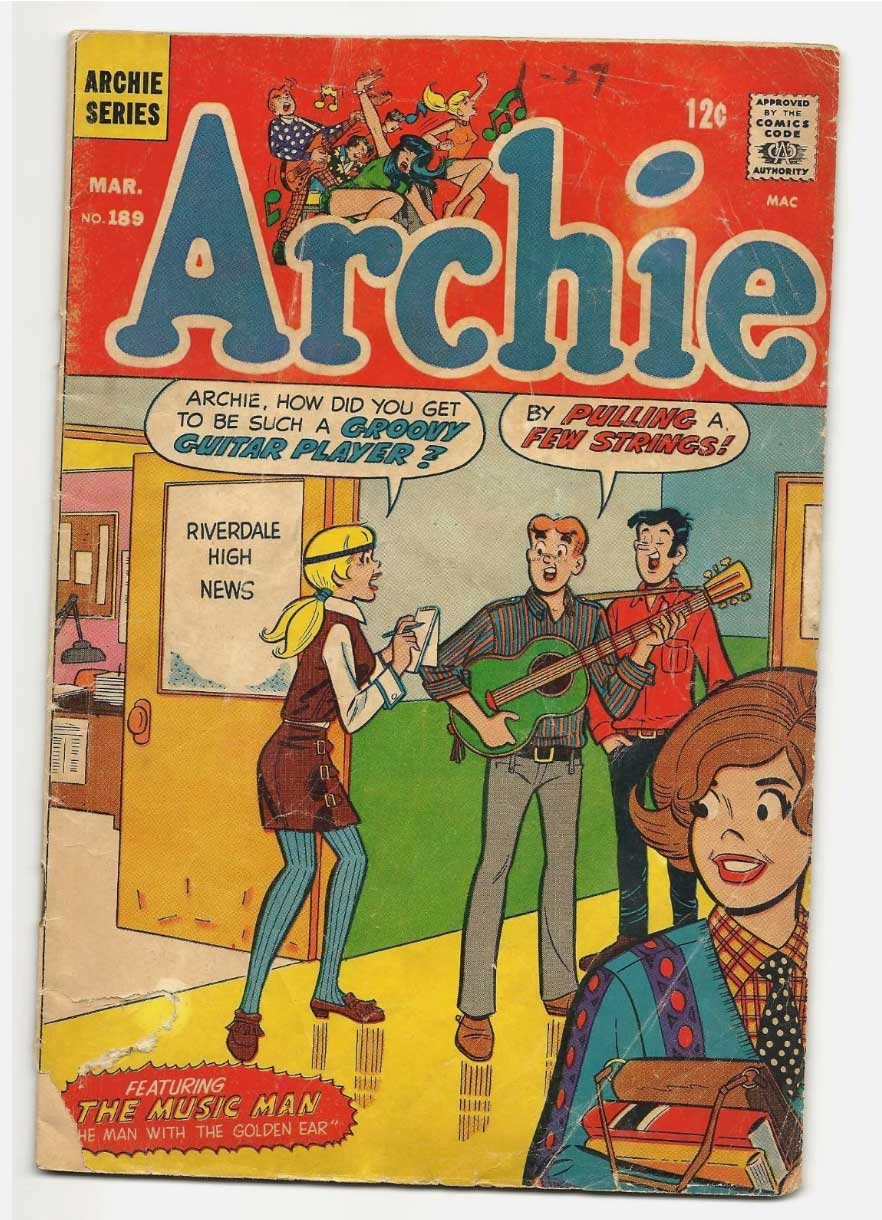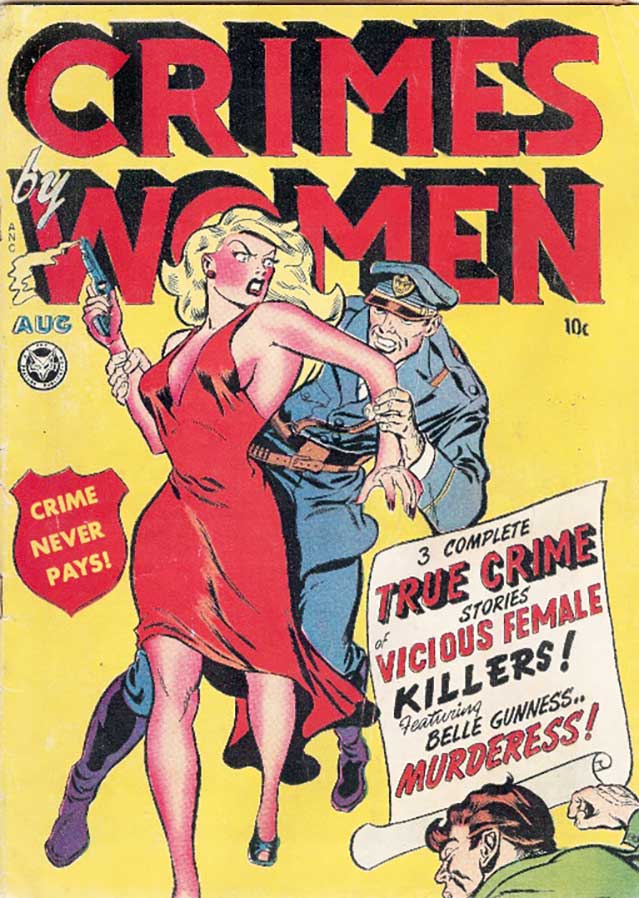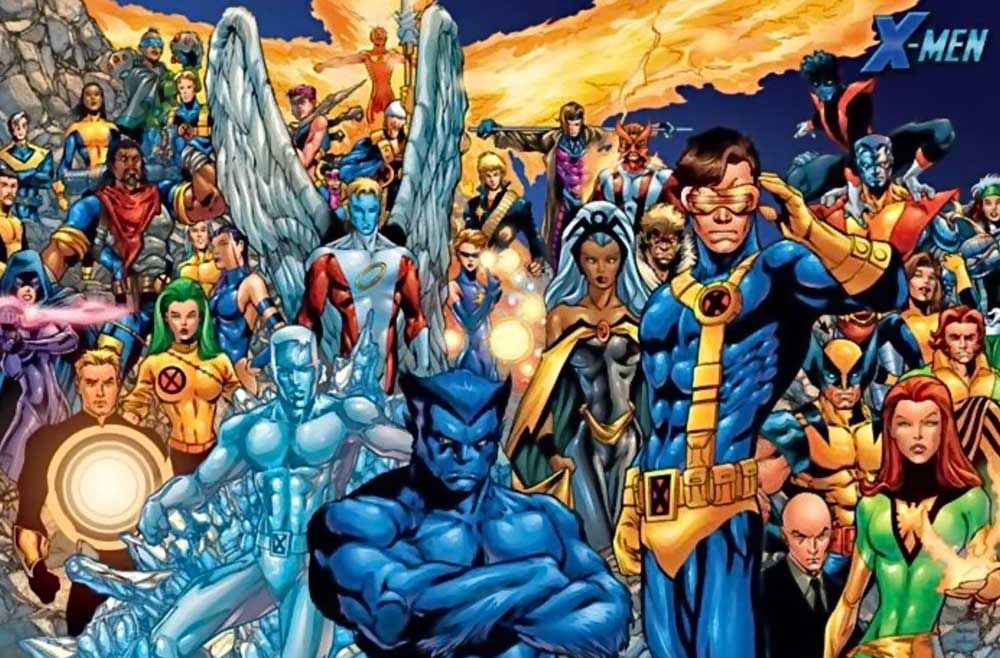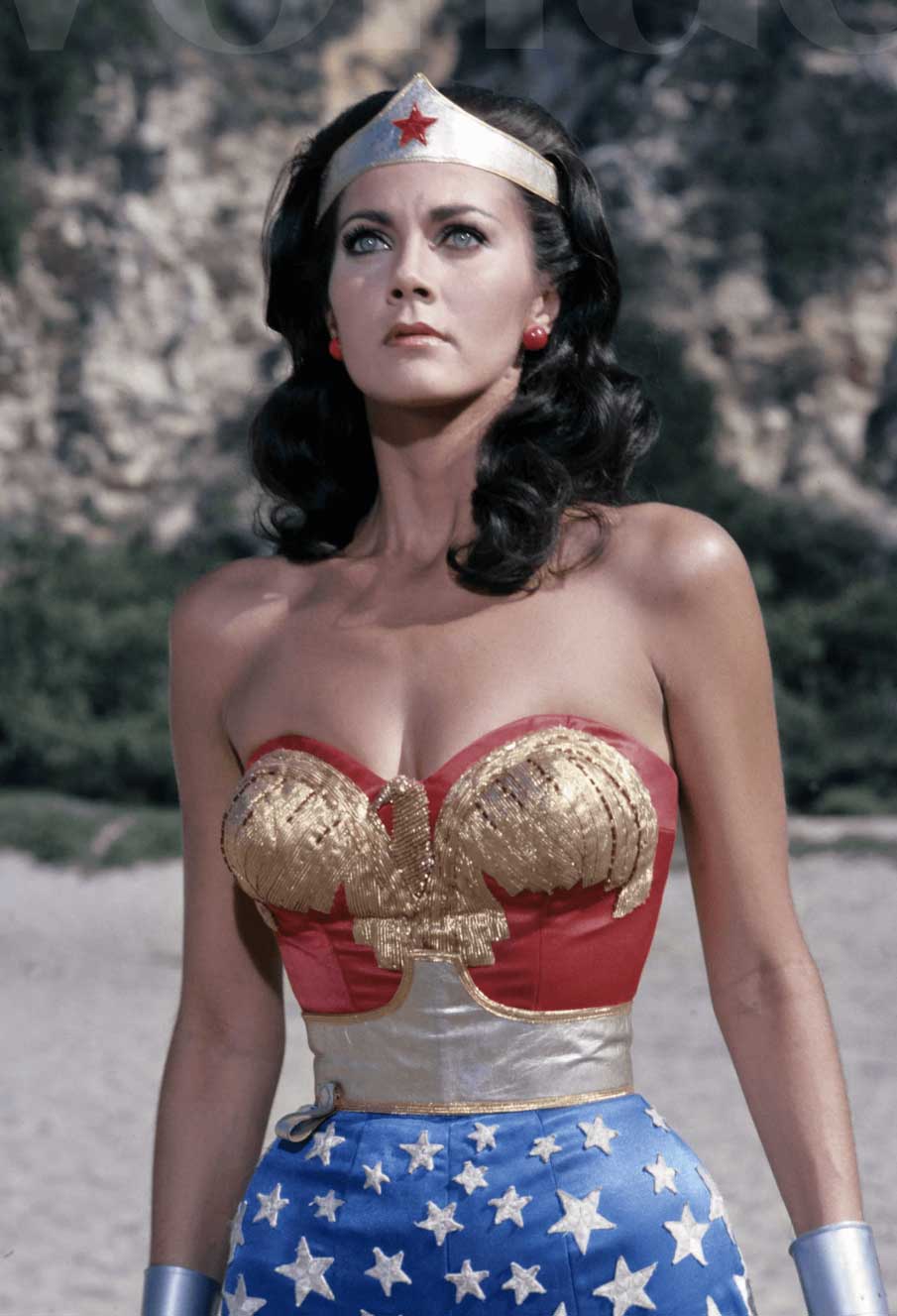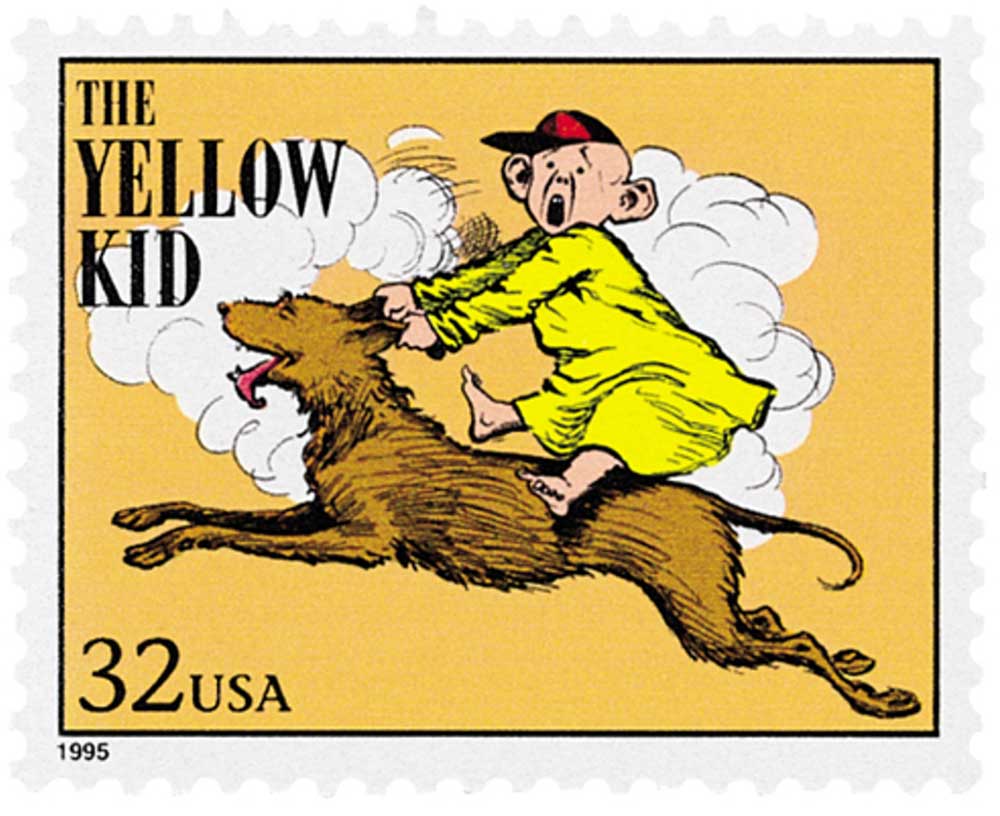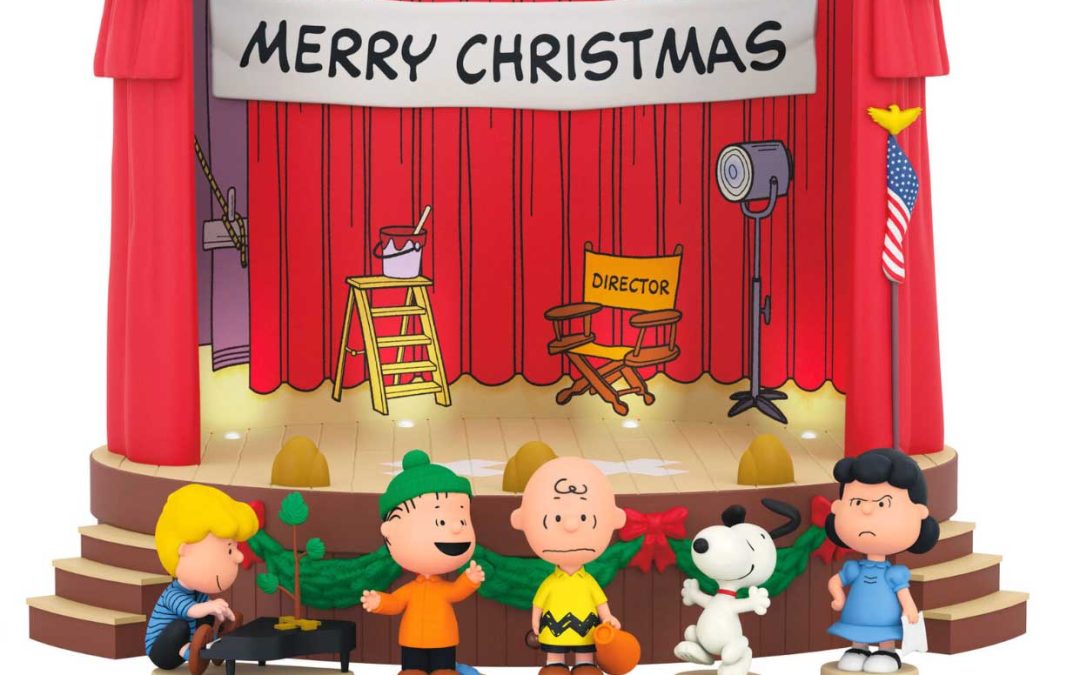
Deck the halls with Hallmark Keepsakes help collectors make their season merry and bright
Hallmark’s Christmas offerings include more than ornaments for your tree. This tabletop decoration pays tribute to “A Charlie Brown Christmas,” which first aired in 1965. (Image courtesy of Hallmark.com)
December 2025
Cover Story
Deck the halls with Hallmark
Keepsakes help collectors make their season merry and bright
by Corbin Crable
When it comes to Christmas decorations, these collectors mean business.
And business continues to be good for Kansas City-based Hallmark Inc., which, while known globally for its greeting cards, is just as renowned for its annual new releases of keepsake Christmas ornaments.
The company itself, originally called ‘Hall Brothers,’ was founded in 1910 by 21-year-old J.C. Hall and his brothers, who seized upon the growing popularity of greeting cards in starting what would become a retail empire. Within 20 years, business was booming for Hallmark Inc. – so much so, that the Hall brothers signed the company’s first licensing agreement with Walt Disney – another household name who had roots in the Kansas City area – allowing Disney characters to appear on Hallmark greeting cards and other merchandise. It was only four years after the public debut of Mickey Mouse in Disney’s short animated film “Steamboat Willie.” The Hall Brothers company, meanwhile, would be renamed Hallmark Inc. in 1954.
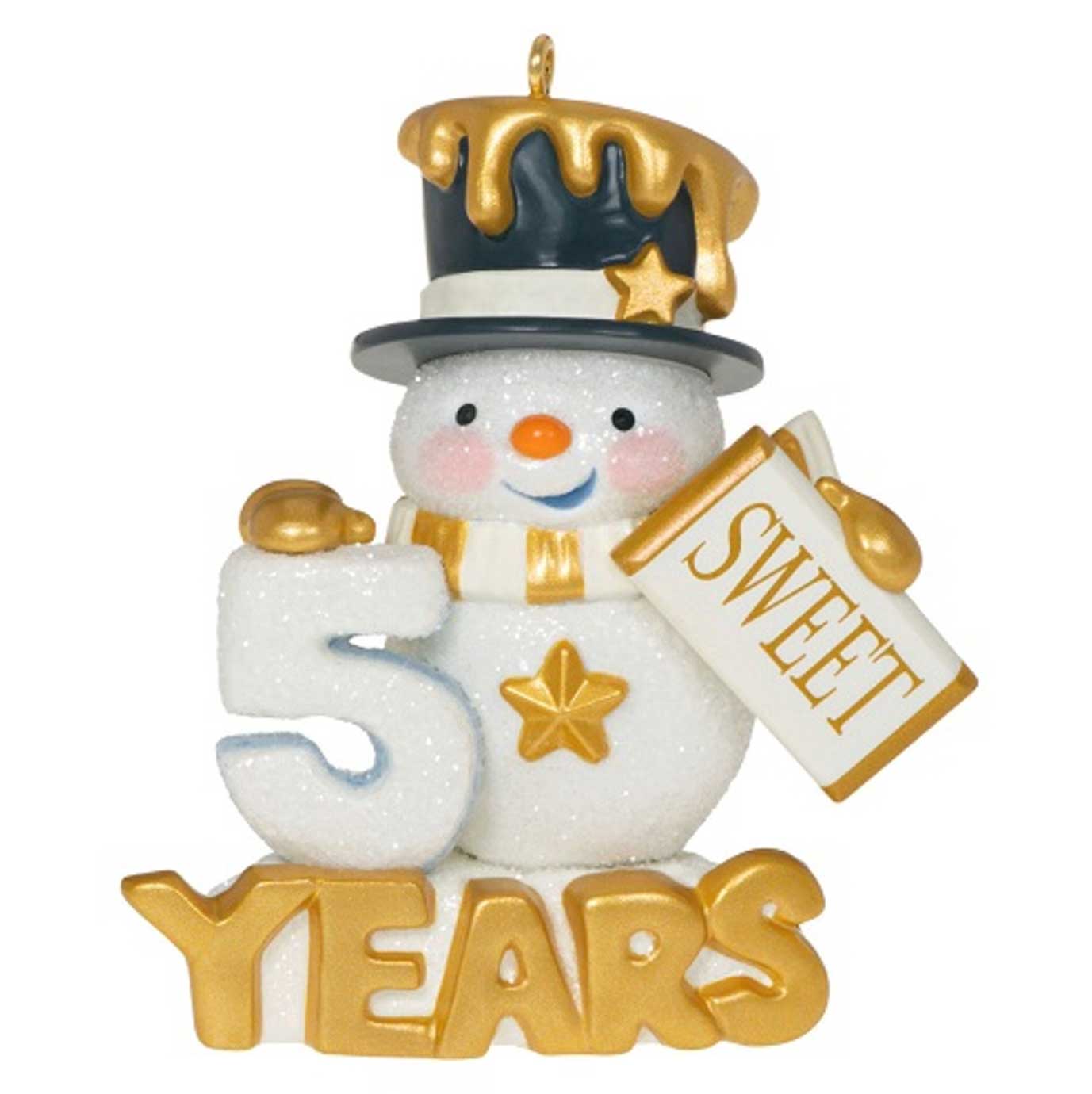
“50 Sweet Years.”
In 2023, Hallmark ornaments celebrated “50 Sweet Years.” (Image courtesy of The Ornament Shop)
A seasonal delight becomes a tradition
By the time the 1970s came about, Hallmark was a national brand with multiple licensing agreements. In 1973, the company began producing and selling a small line of Christmas ornaments, made up of just six glass ball ornaments and 12 figures made of yarn.
“Fifty years later, these ornaments that make up Hallmark’s collectibles history can be found for as little as $80 to several hundreds of dollars on sites such as eBay and hallmarkornaments.com, an online source for purchasing rare and hard to find Hallmark Keepsake and Christmas ornaments,” according to a 2022 article in The Journal of Antiques by its publisher, Maxine Carter-Lorne. “And it’s not just age that is setting value in the marketplace as Hallmark continues to intentionally release limited-run ornaments to drive the collector market.”
The publisher also writes that for novice and veteran collectors alike, there is one line of Hallmark Christmas ornaments that stands out above the rest.
“While the company has been producing ornaments since the early 1970s, its line of ‘Keepsake’ ornaments is the most collectible. Keepsake ornaments come in a Hallmark red box with the word “Keepsake” below the Hallmark name and are dated,” according to Carter-Lorne. “The collectibility of Keepsake ornaments is differentiated by a variety of qualifiers that include Storytellers, limited quantity designs, being part of a continuing series, using licensed characters, special convention and Hallmark member exclusives, and personalized ornaments.”
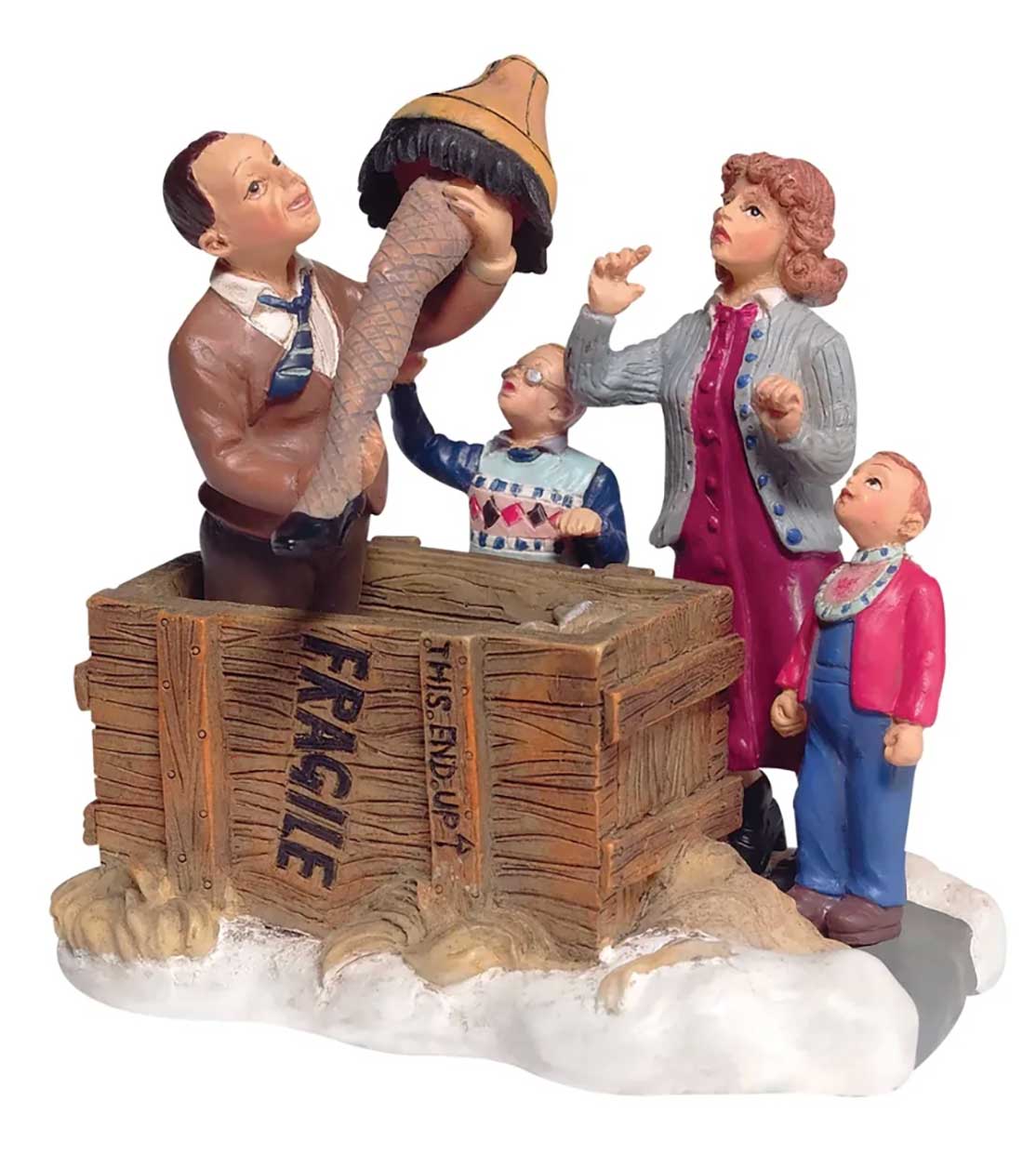
“A Christmas Story” is “FRAG-EE-LAY.”
Like so many Christmas collectibles, this ornament celebrating a pivotal moment in the film “A Christmas Story” is “FRAG-EE-LAY.” (Image courtesy of Hallmark.com)
A dazzling cast of characters
Hallmark has even launched its very own Keepsake Ornament Club. Members of the club receive a bevy of benefits, including purchase coupons and reward dollars to be used on merchandise, access to purchase four new club-exclusive ornaments, early access to VIP member shopping events, quarterly newsletters, and members-only events and virtual experiences. Membership for 2026 is $49.99; for more information, visit https://www.hallmark.com/ornaments/keepsake-ornament-club/. Some of the most popular ornament series in the Keepsake line include Barbie, Star Wars, Peanuts, and The Wizard of Oz.
Characters from these series also appear in the company’s collectible figurines, popular all year long. In addition to the characters associated with these pop culture franchises, collectible figurines also include holiday and religious figures and scenes. Secular characters and symbols include the Grinch, Santa Claus, and even the leg lamp from the 1983 holiday cult classic “A Christmas Story.” Religious figures and symbols appearing on Hallmark’s figurines include angels and nativity scenes.
Hallmark’s collectible ornaments can be sold and traded on multiple websites – and they only continue to grow in popularity.
One of the most valuable Hallmark Keepsake ornaments has been their 2009 National Lampoon’s Christmas Vacation ‘Cousin Eddy’s RV’ ornament,” Carter-Lorne writes. “With the original box, some have recently sold on eBay for over $500. Another, released in 2015, is “Up On The Housetop,” one of which sold on eBay for $250 in September 2020.”
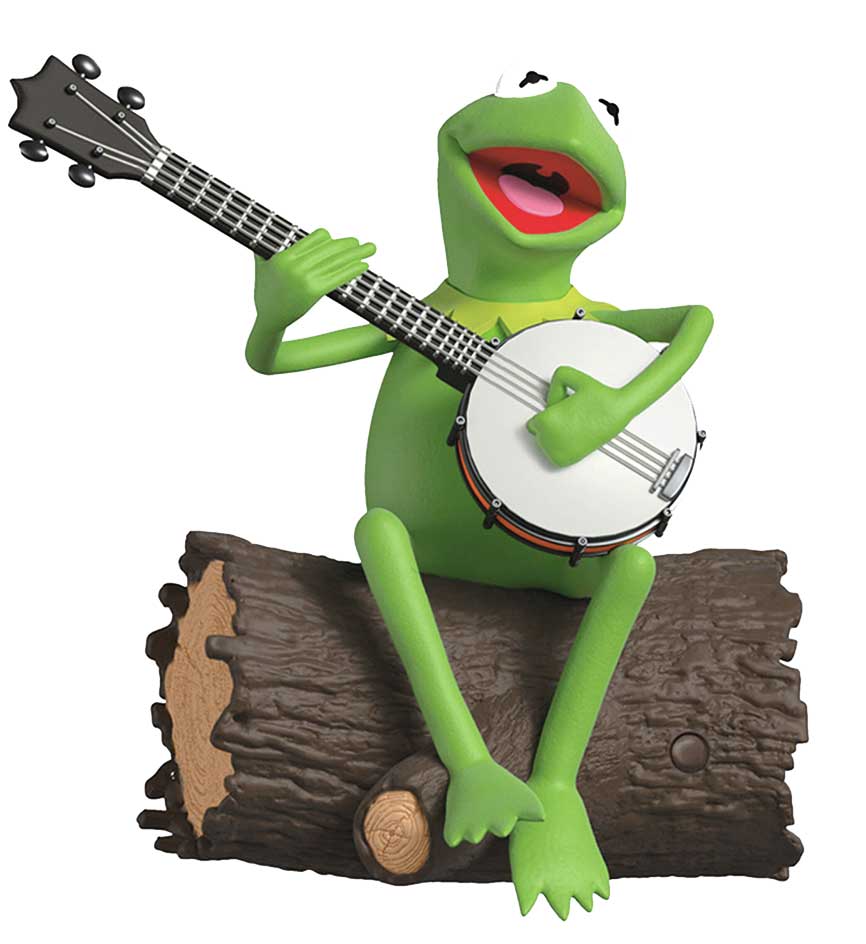
Hallmark Keepsake Ornament features Kermit the Frog
This Hallmark Keepsake Ornament features Kermit the Frog singing “Rainbow Connection” and makes a perfect gift for the “lovers and dreamers” in your life. The ornament plays the beloved song and includes motion as well. (Image courtesy of Hallmark.com)
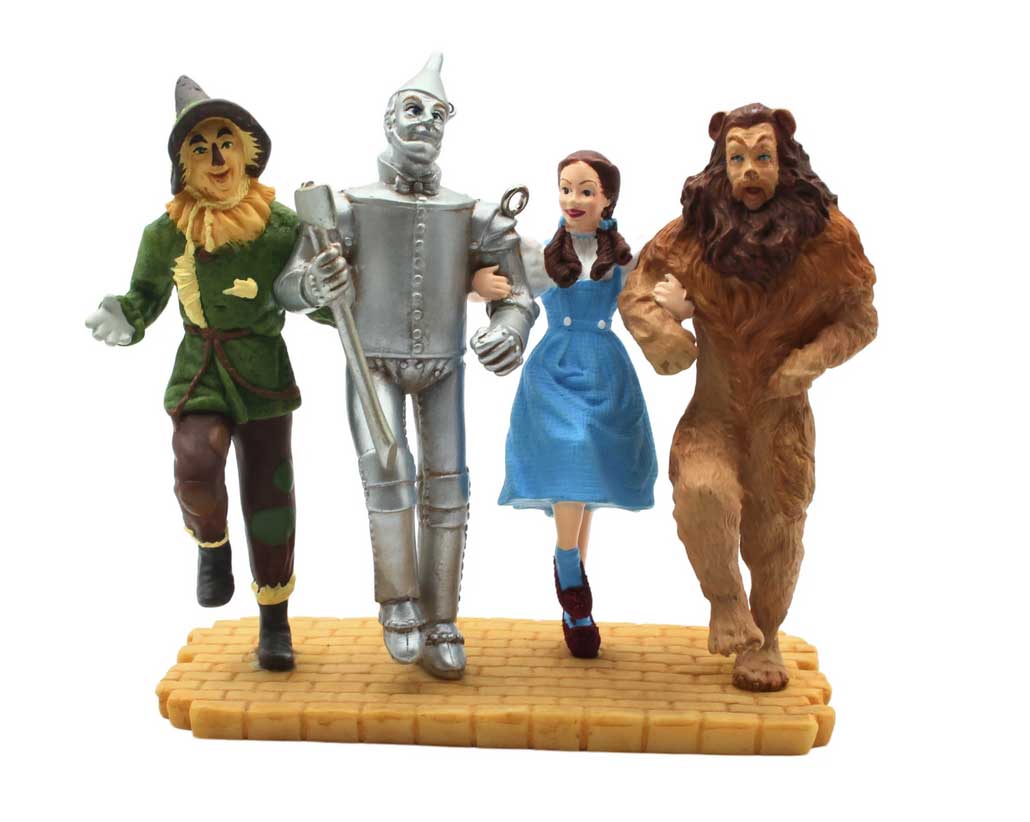
"We're off to see the Wizard - the wonderful Wizard of Oz!”
“We’re off to see the Wizard – the wonderful Wizard of Oz!” With the joyful song and a happy step, Dorothy, Scarecrow, Tin Man, and Cowardly Lion follow the Yellow Brick Road toward Emerald City. (Image courtesy of Hallmark.com)
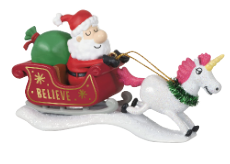
Whimsical “Just Believe”
Whimsical “Just Believe” Keepsake ornament (Image courtesy of Amazon)
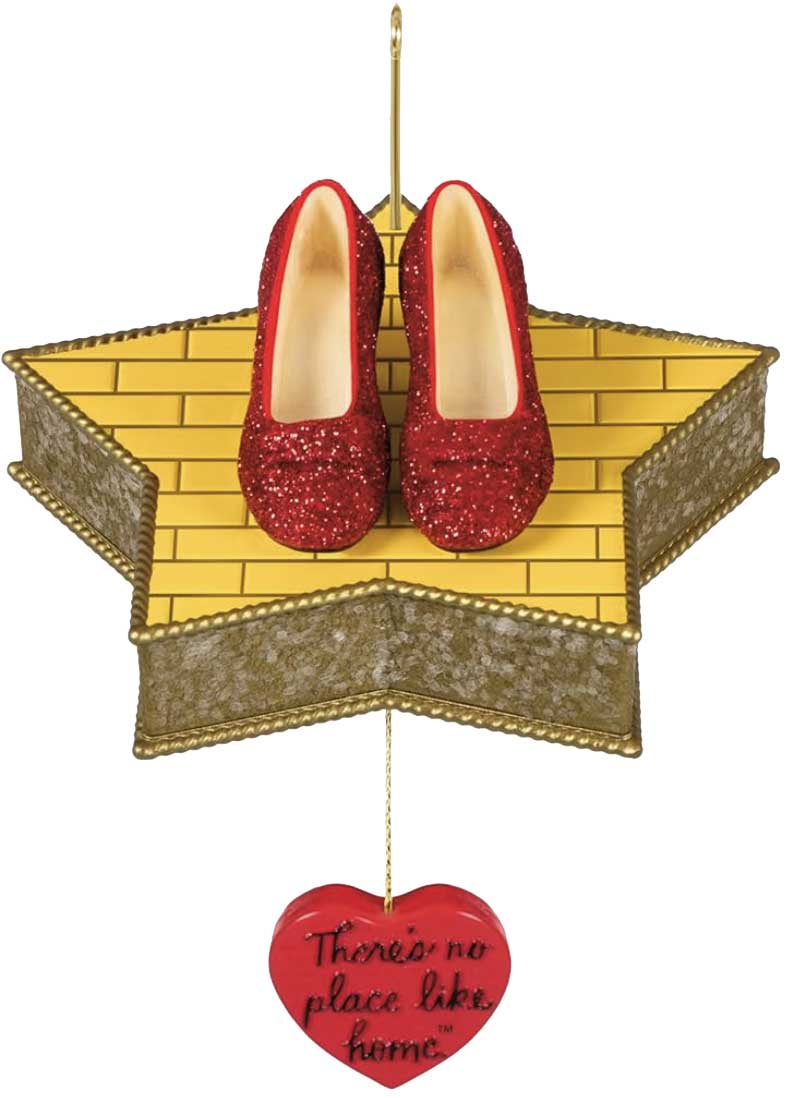
“There's No Place Like Home” Hallmark Keepsake
Celebrate the 85th anniversary of “The Wizard of Oz” with this “There’s No Place Like Home” Hallmark Keepsake Christmas ornament. Design features Ruby Slippers on a yellow brick star that move when you pull the string. (Image coutesty of Amazon)
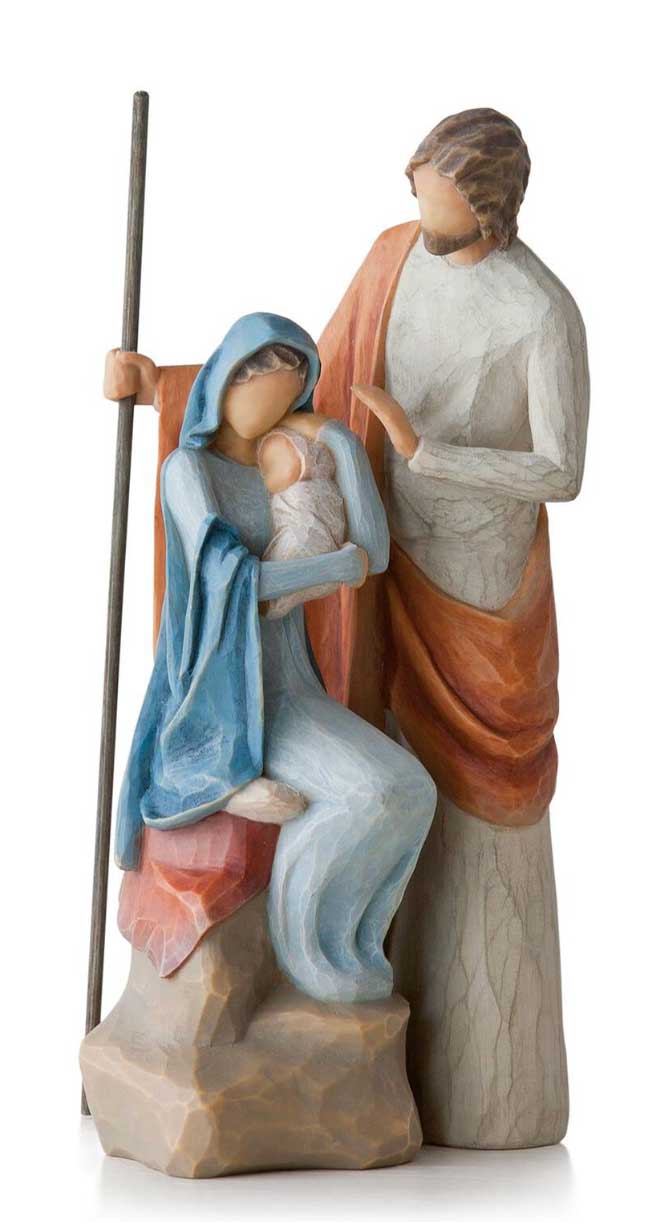
Holy Nativity figurine
This Holy Nativity figurine from Willow Tree is one of many Hallmark decorations inspired by the story of the birth of Christ. (Image courtesy of hallmark.com)
Making memories, one Christmas at a time
The Henry Ford Museum of Innovation in Dearborn, MI, announced in 2019 that it had acquired a collection of thousands of Hallmark ornaments from a retailer in Indiana, made between 1973 and 2009. A November 2019 article on the museum’s website, www.thehenryford.org, theorized why Hallmark’s ornament lines – and the company itself – have only grown in popularity over the decades. The reason is quite simple – a focus on making memories.
“There is a reason why the most popular ornaments over time have moved from traditional glass balls to “figural ornaments”—that is, ornaments designed to represent something, from Christmas motifs to popular toys to characters in movies, TV shows, and children’s books,” The Henry Ford article reads. “Many consumers tell Hallmark that they view the company’s Keepsake Ornaments as more than just holiday decorations. They help them relive special memories, remember special people and events, and express their own unique interests and personalities.”
Before the Henry Ford Museum’s acquisition of their massive ornament collection took place, you could find the ornaments in Warsaw, IN, where a Hallmark store owned and operated by Norman and Dorothy Warsaw housed them in what the couple dubbed the Hallmark Ornament Museum. Now, representatives of the Henry Ford Museum praise the company as they tout their massive collection.
“A visionary founder; a successful brand; risk-taking and innovation; a mission-driven company; and customer focus – these are the qualities that mark our Hallmark ornament collection,” the museum’s 2019 acquisition announcement reads. “So, they may be cute; they may be funny; they may seem overly sentimental at times. They also make a perfect acquisition for The Henry Ford.”
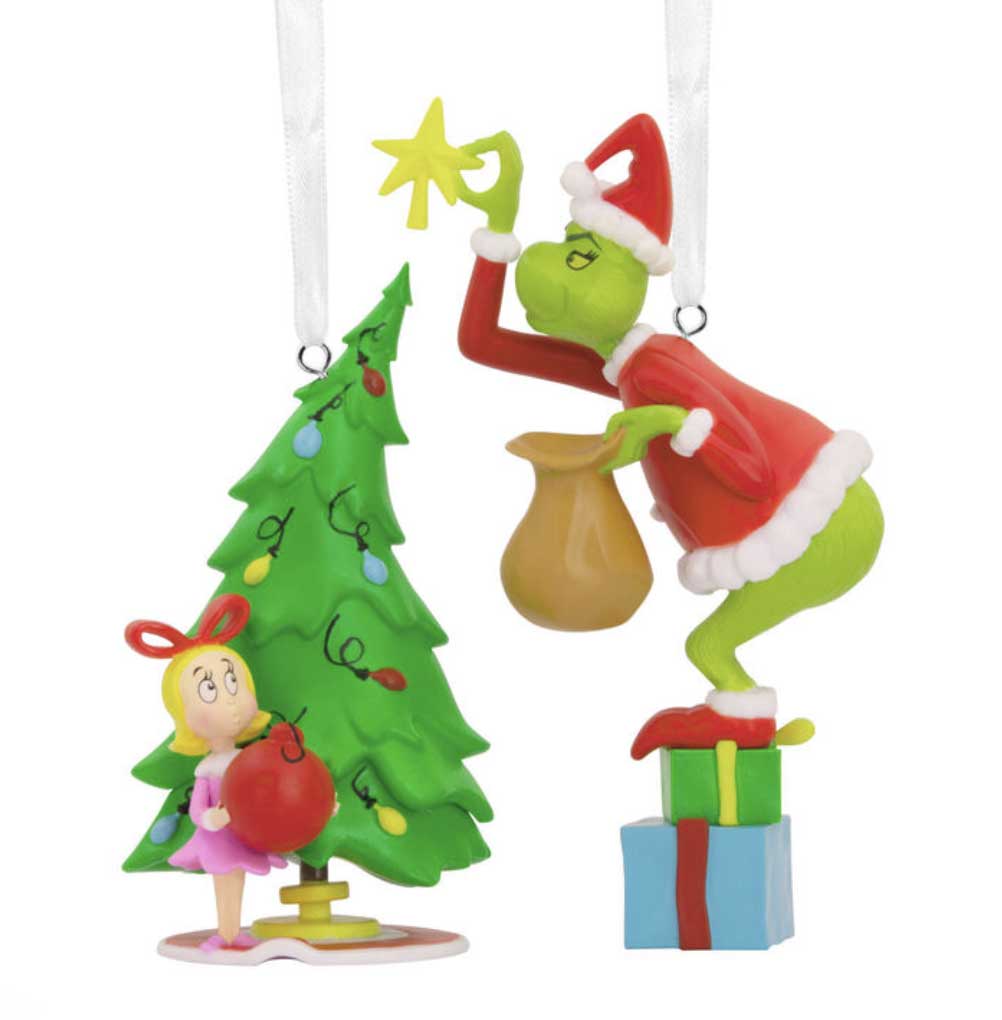
“How the Grinch Stole Christmas!”
Celebrate the family tradition of the Dr. Seuss classic “How the Grinch Stole Christmas!” with this set of two Christmas tree ornaments featuring the Grinch and Cindy-Lou Who decorating the tree. (Image courtesy of Hallmark.com)
The collectors’ corner
Ornament and figurine collectors in cyberspace can connect to buy, sell, and trade their pieces on social media. Groups like ‘Hallmark Ornament Collectors’ currently clocks in at more than 17,000 members, while ‘Hallmark Ornament Collectors Chatter Group’ boasts 13,000 members. It’s a testament to the pieces’ status as cherished holiday treasures that will always make the season merry and bright.
The memories made with each Hallmark ornament hung on the Christmas tree and each figurine proudly displayed in one’s home are truly precious, according to the Keepsake Ornaments’ homepage on Hallmark.com – and you simply can’t put a price on that.
“What’s kept our brand strong for over 50 years?” the website asks. “A commitment to making memories, while creating a future that’s bright as can be.”
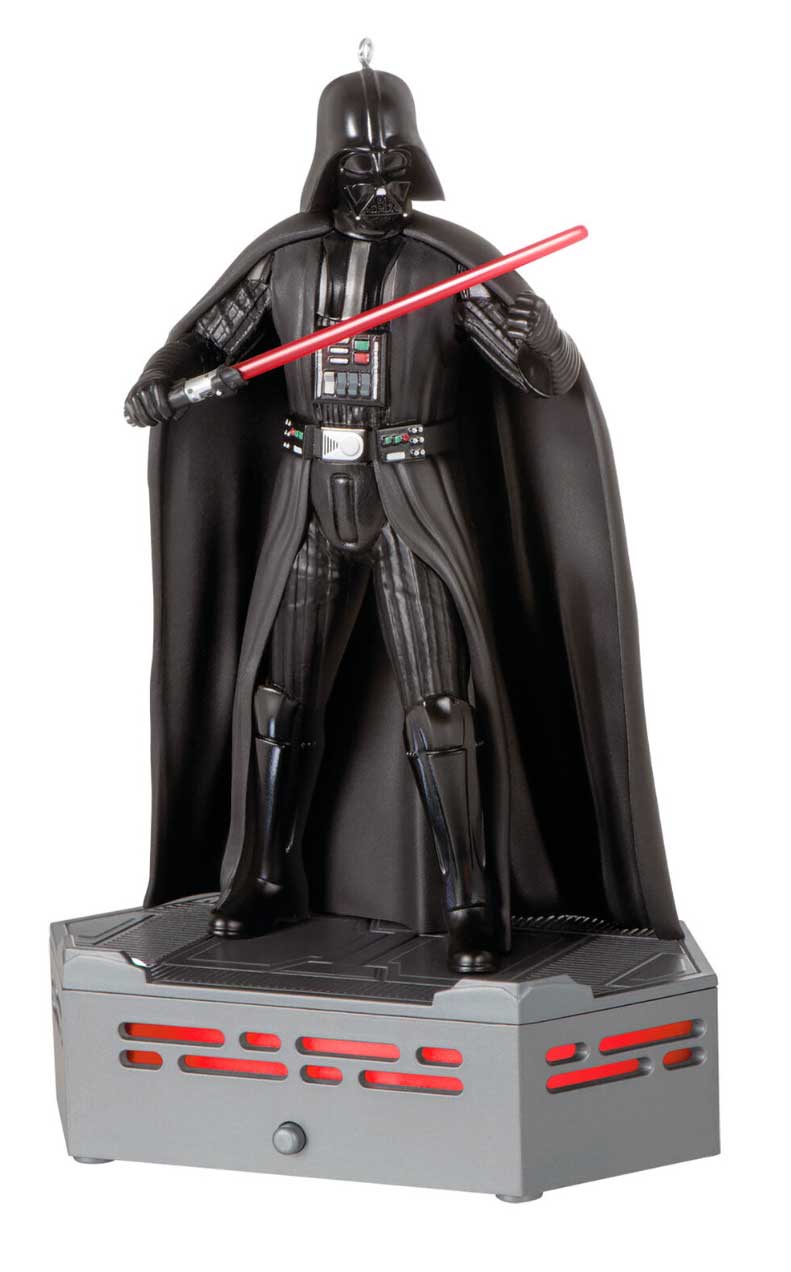
Star Wars’ Darth Vader
Who says the good guys are the only ones with Christmas cheer? Star Wars’ Darth Vader is one of pop culture’s most recognizable
villains – and he’s available as a Keepsake Ornament from Hallmark. (Image courtesy of Hallmark.com)


